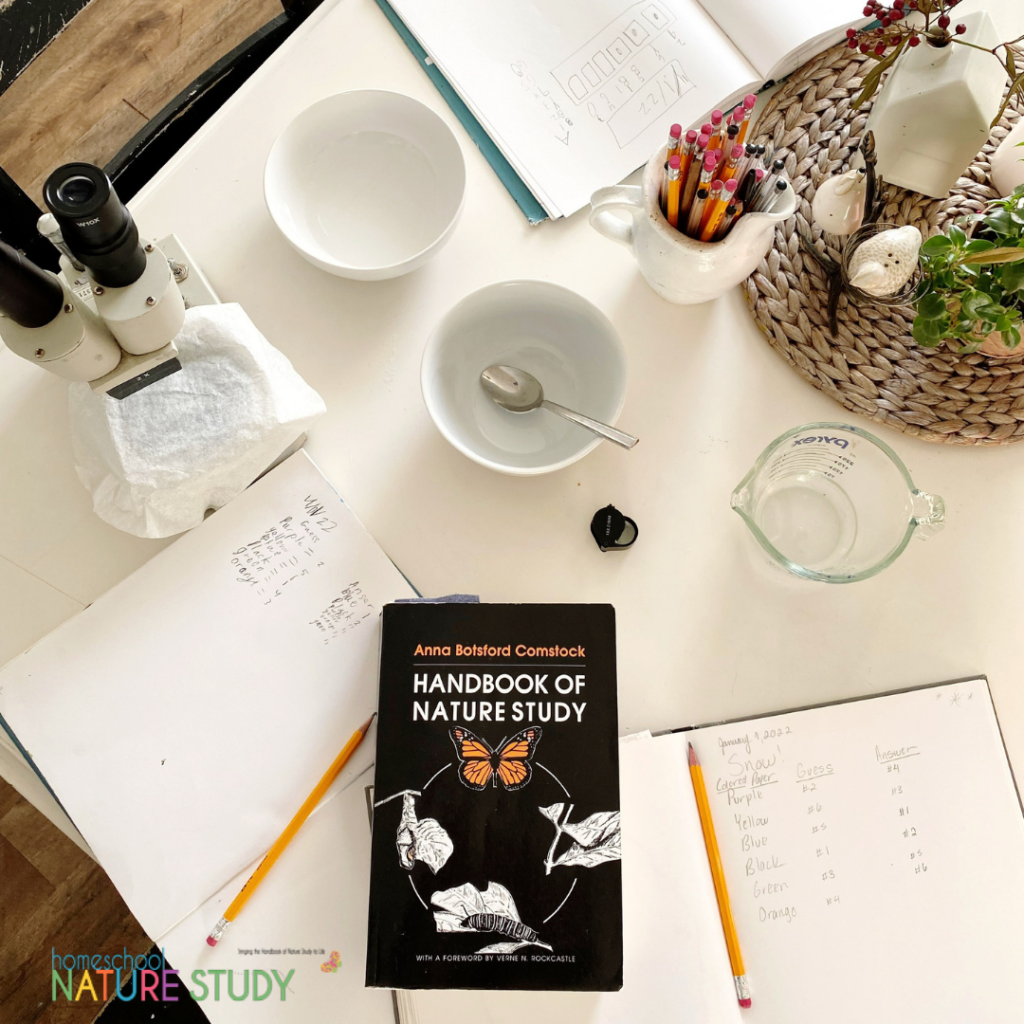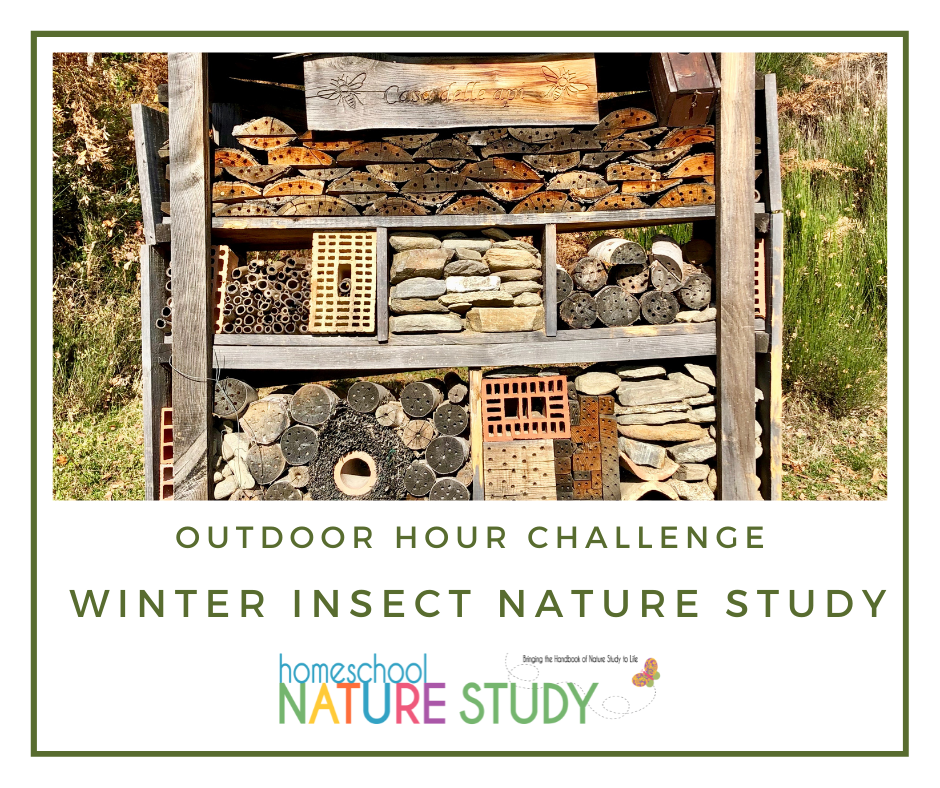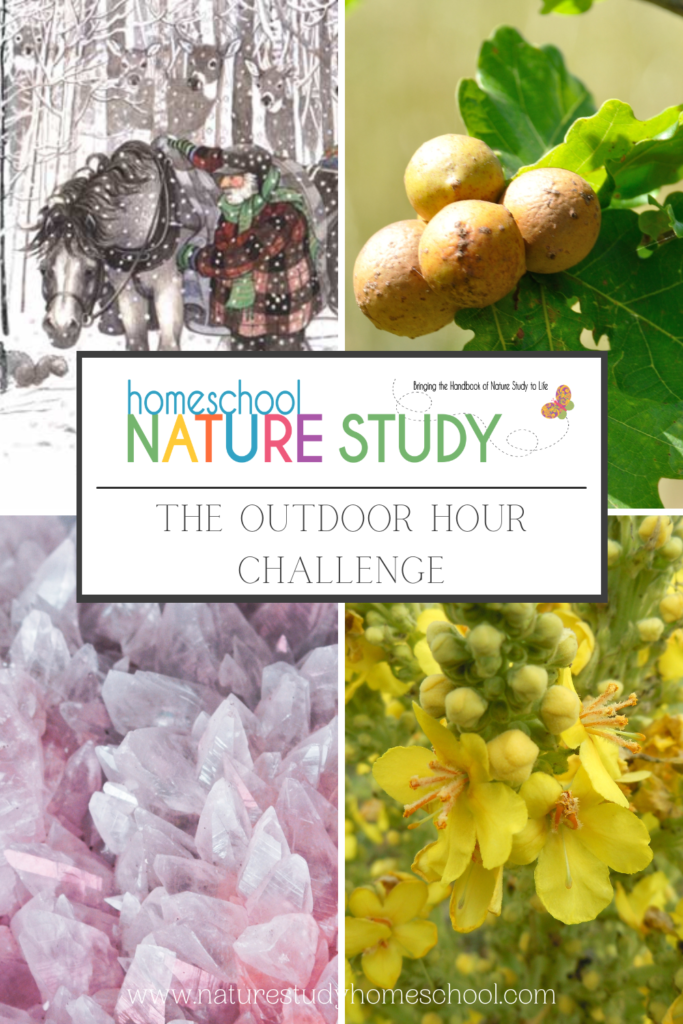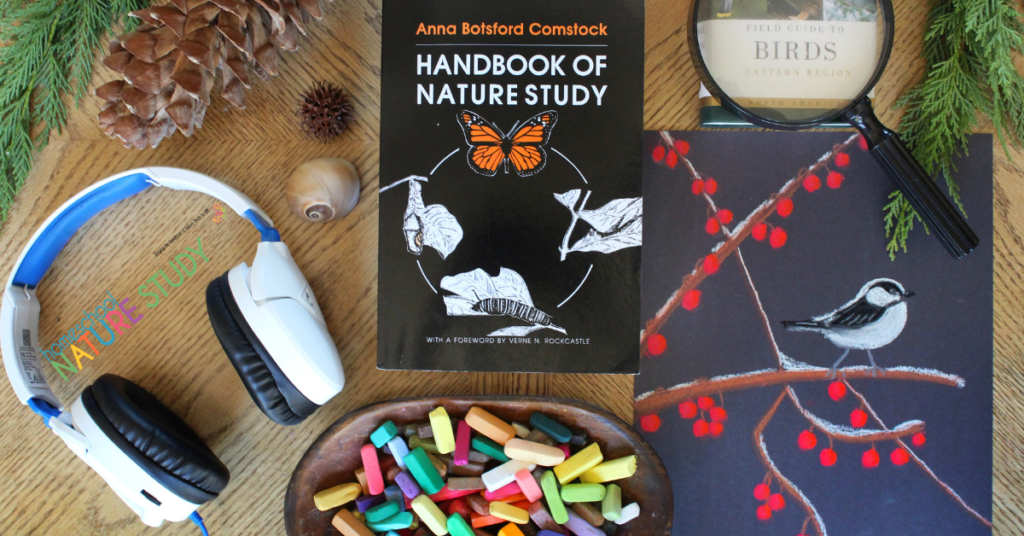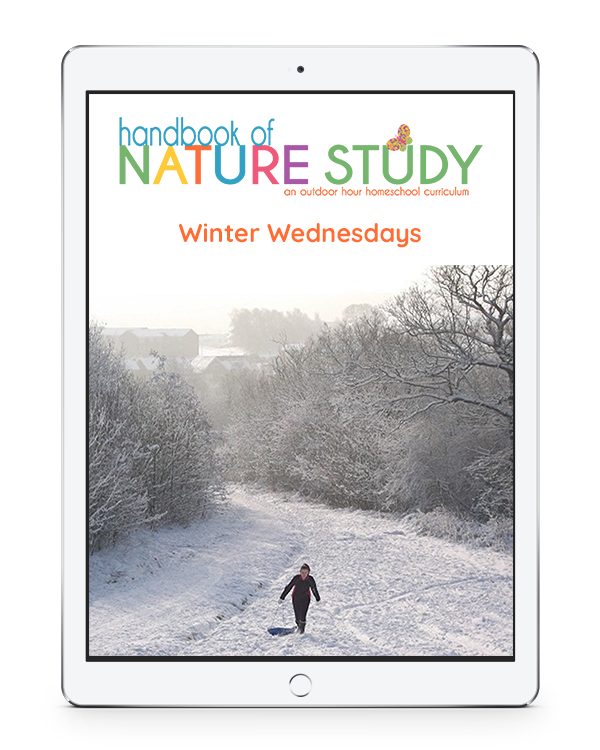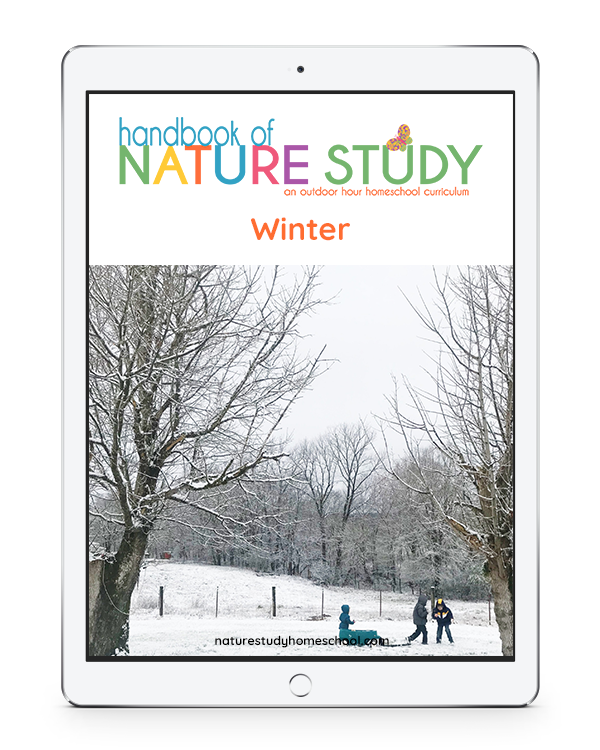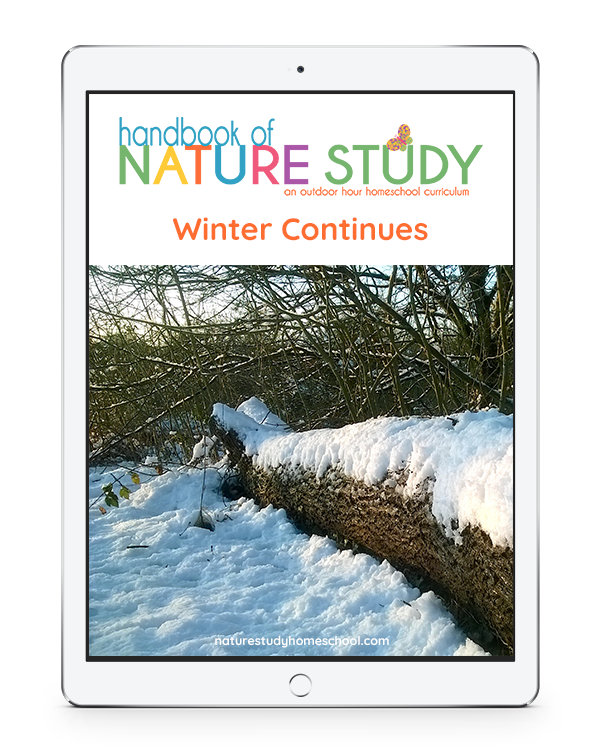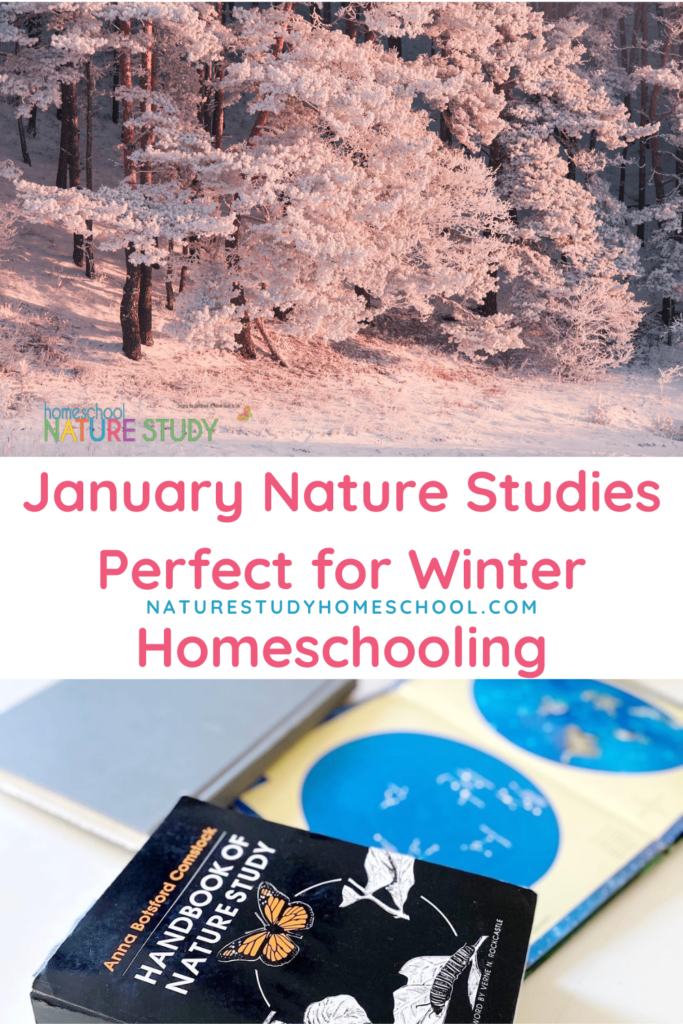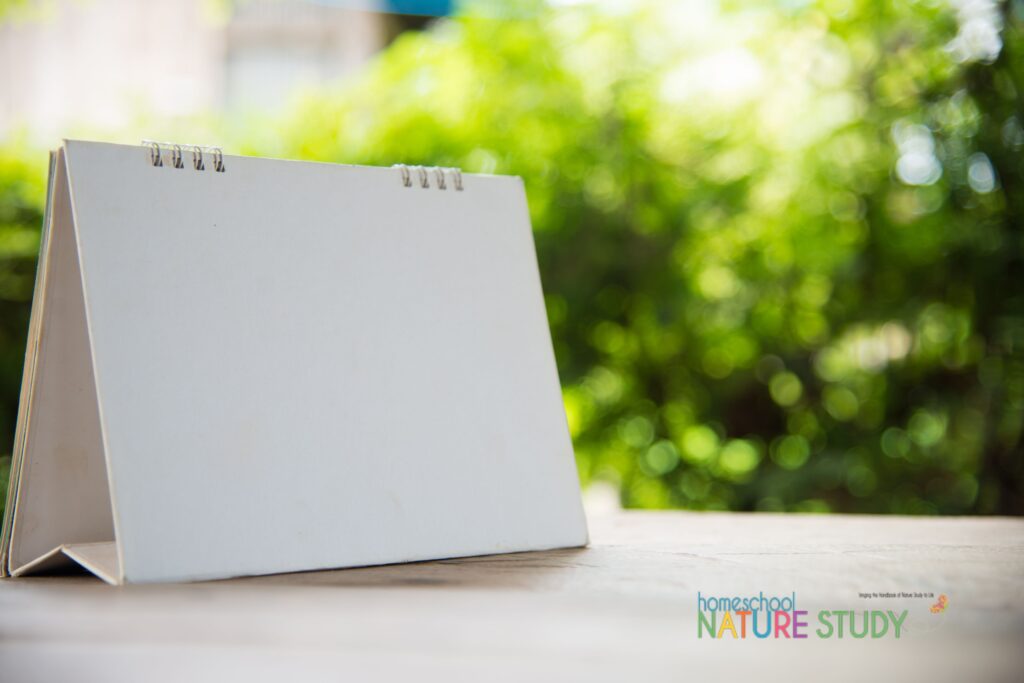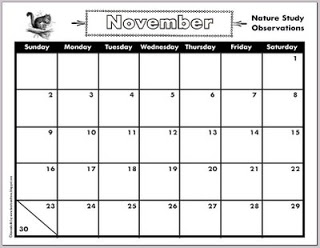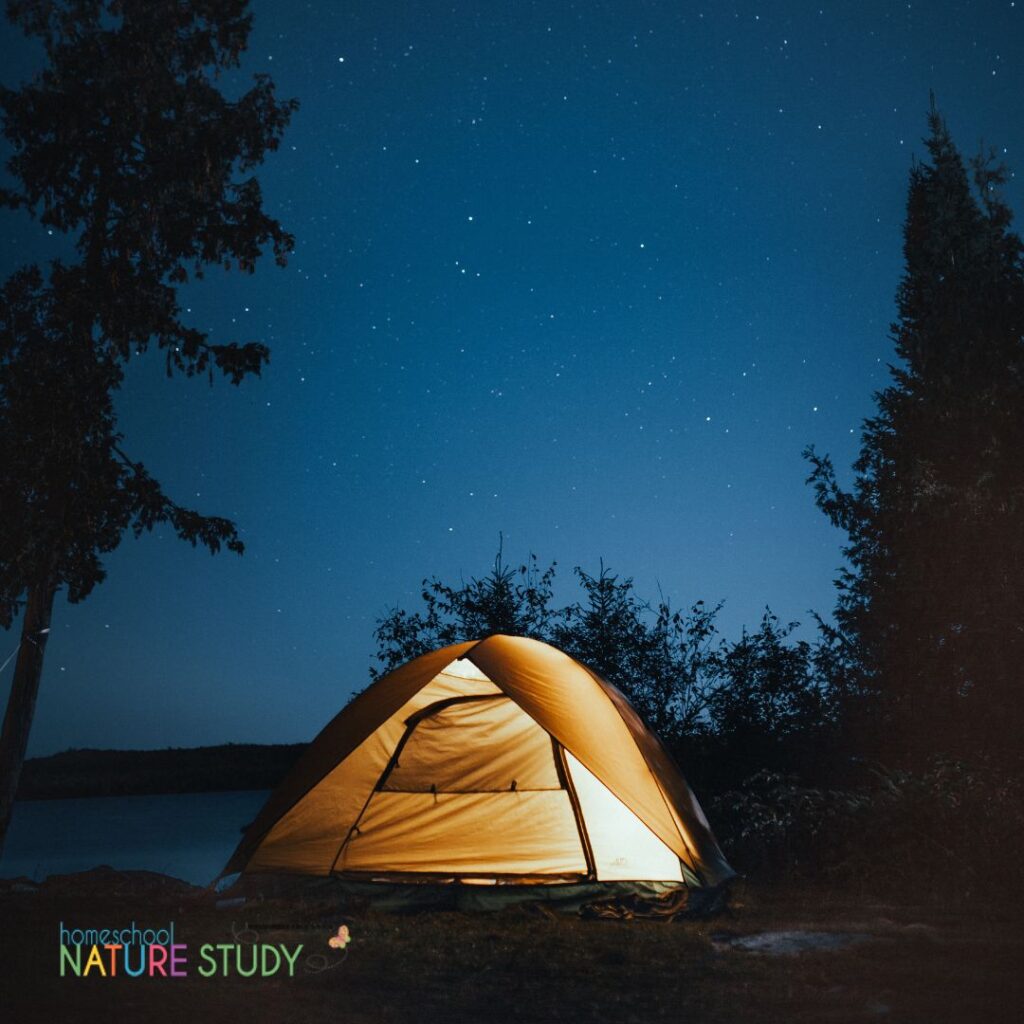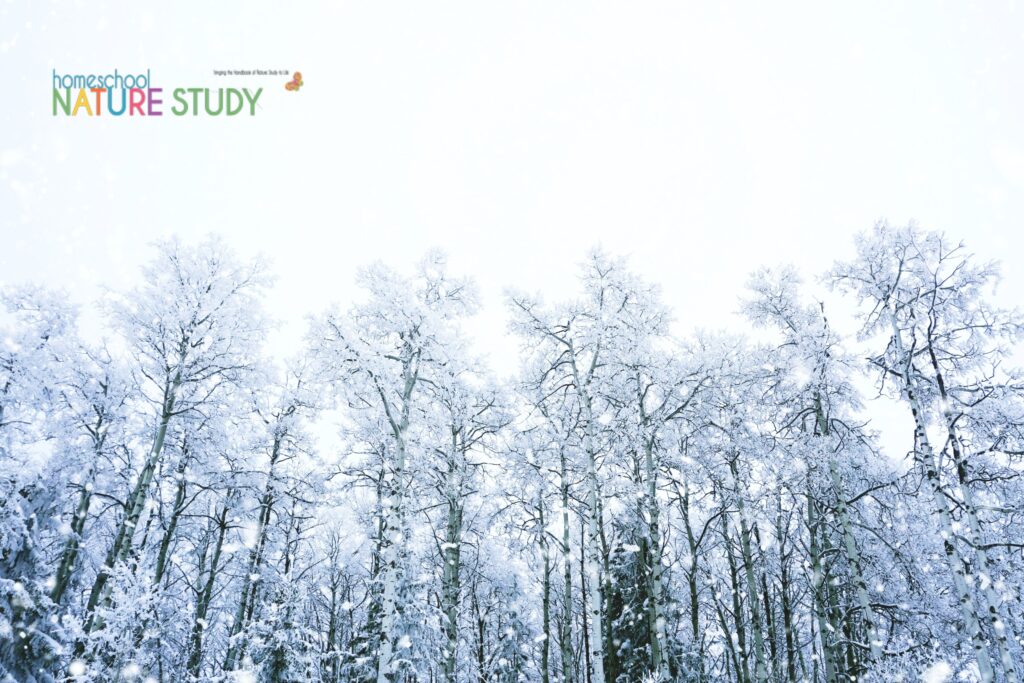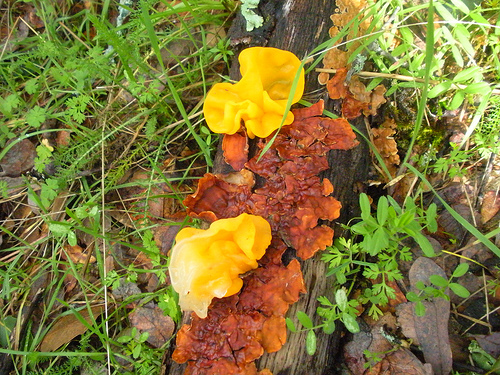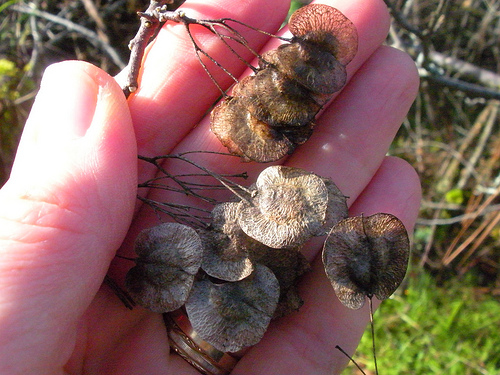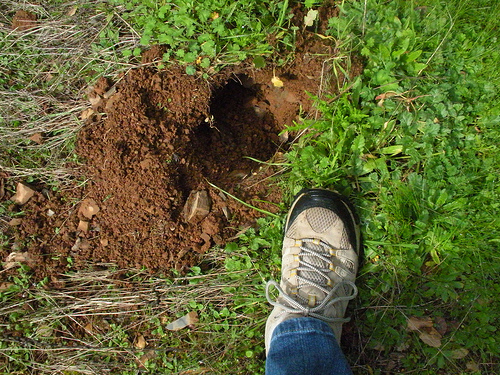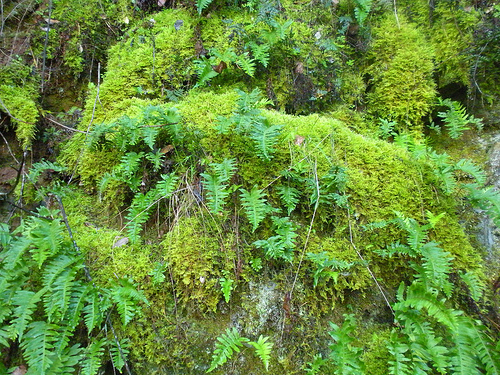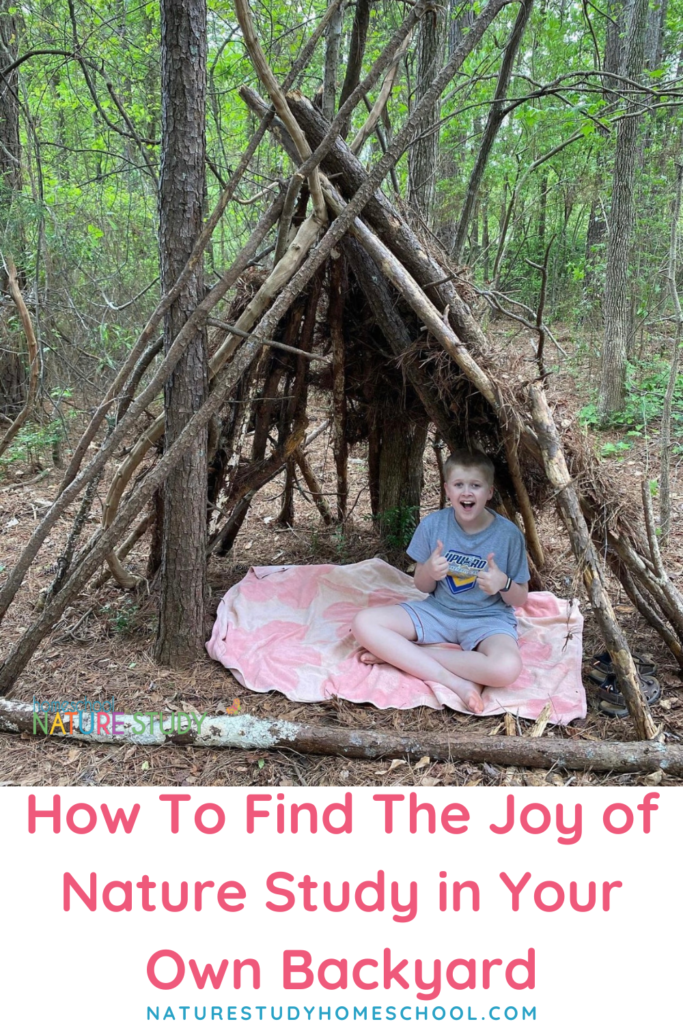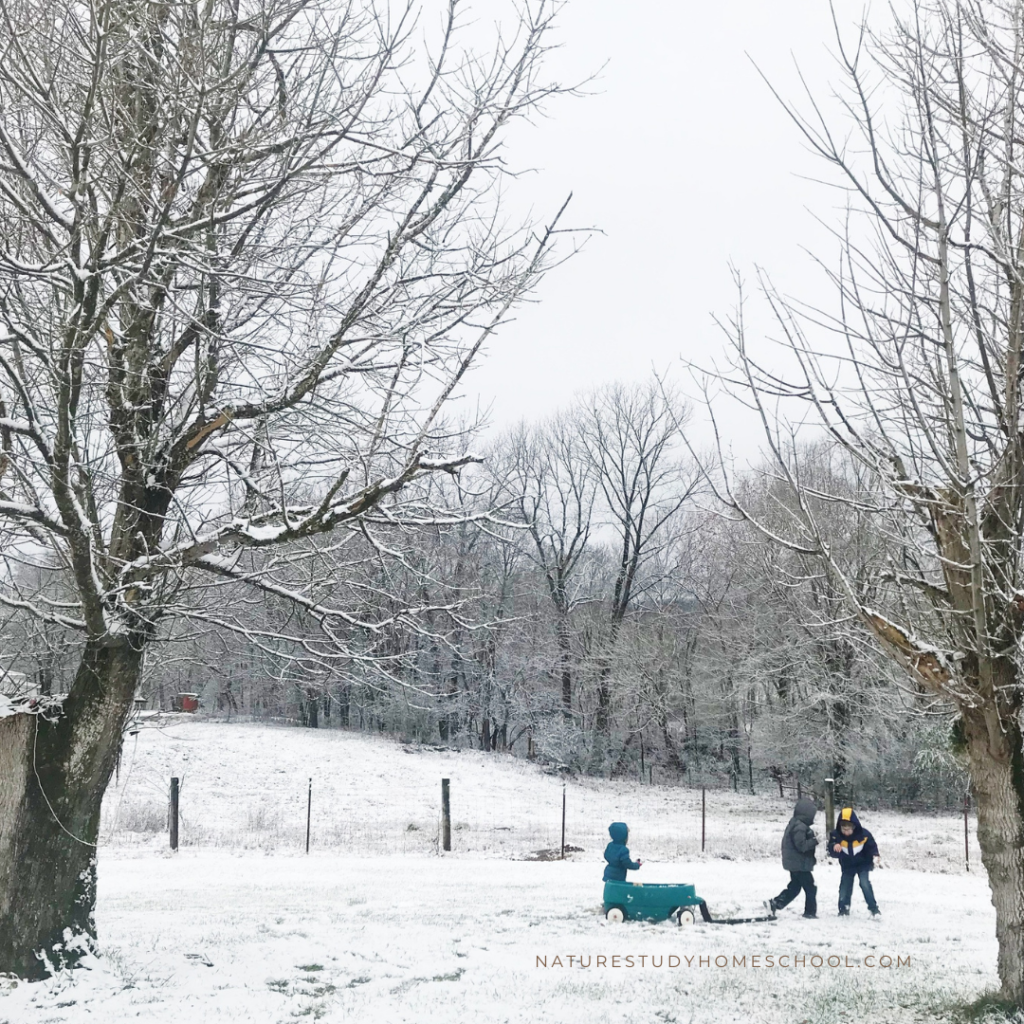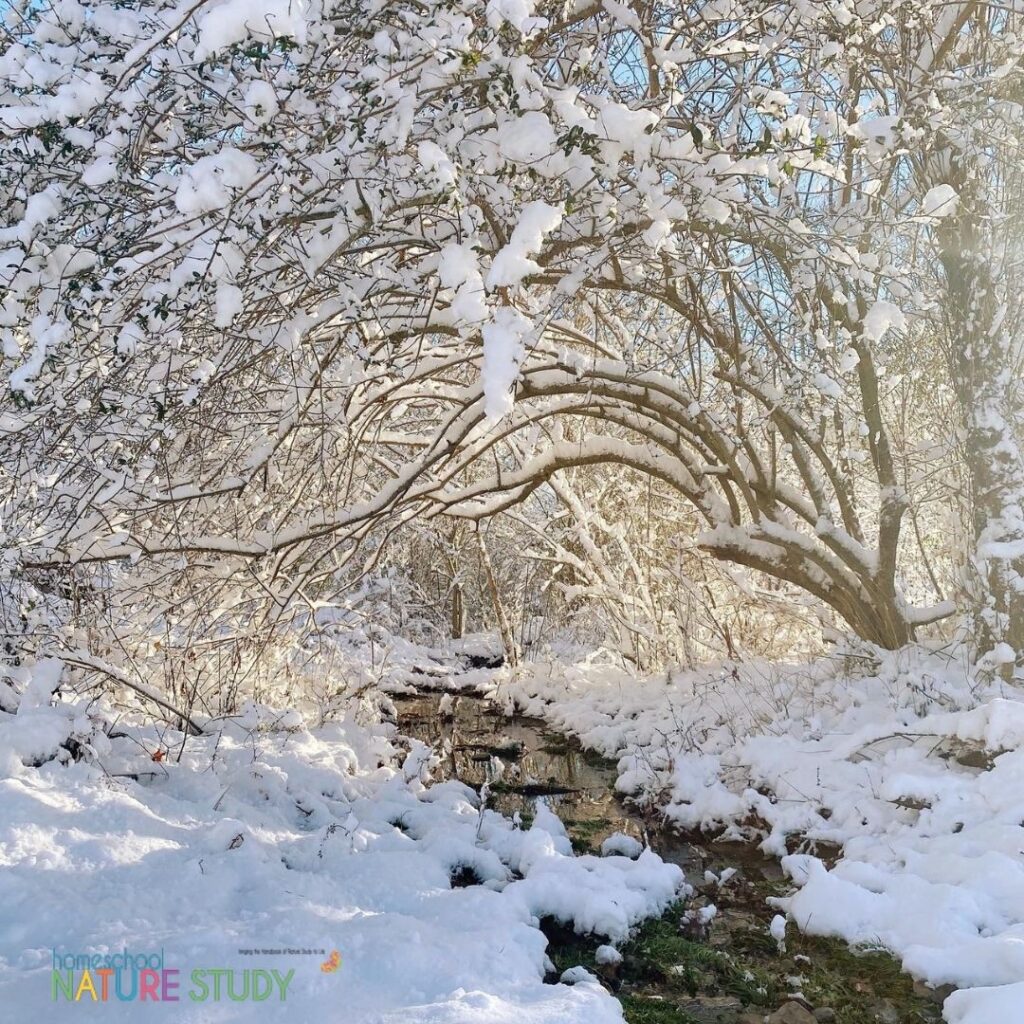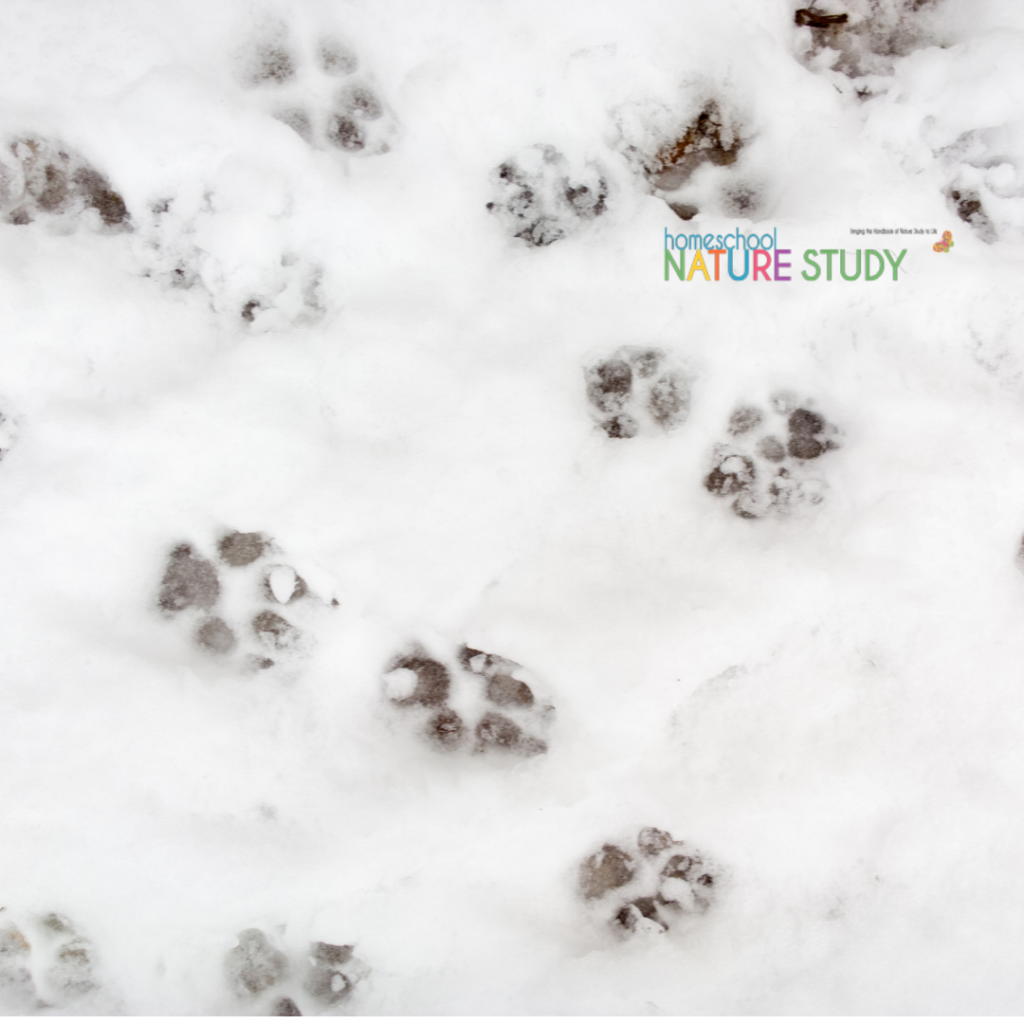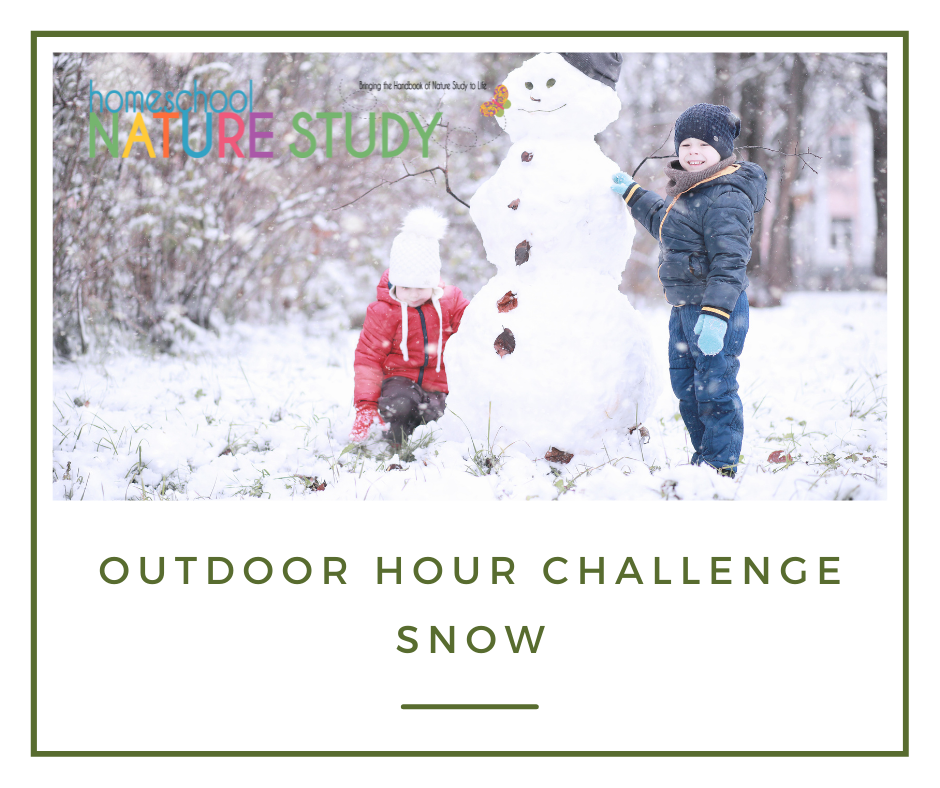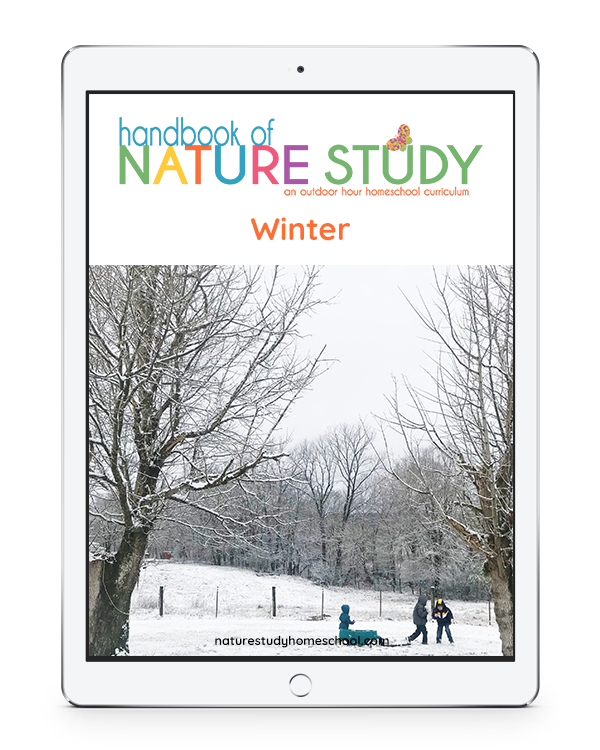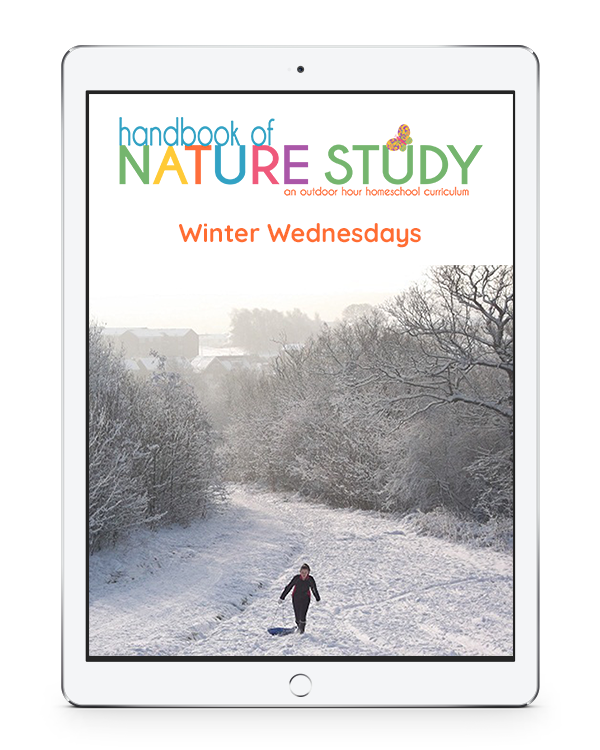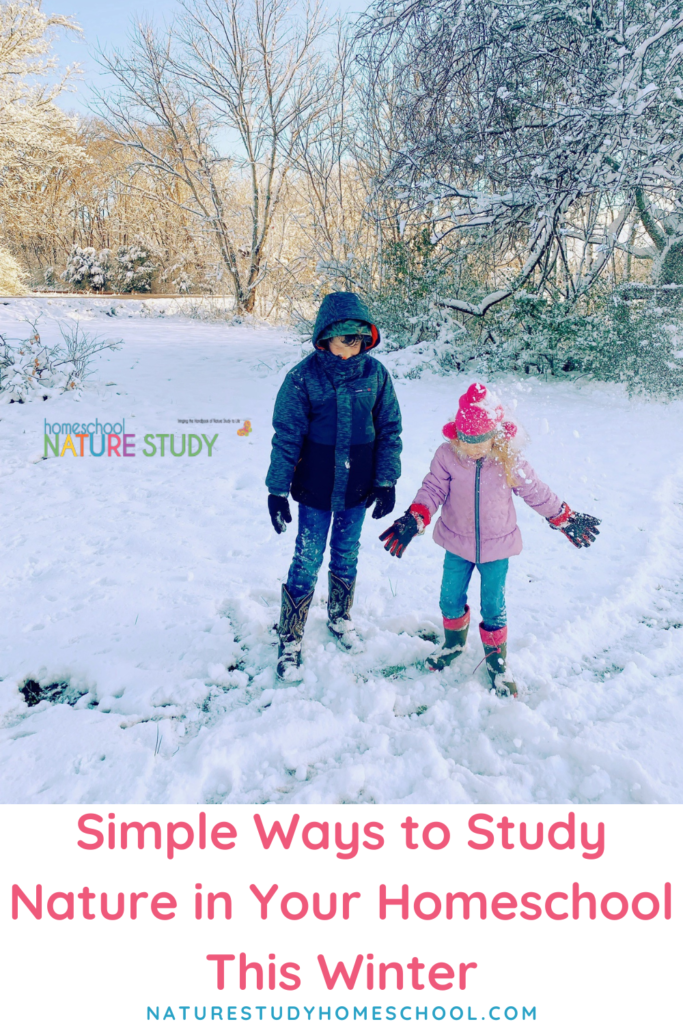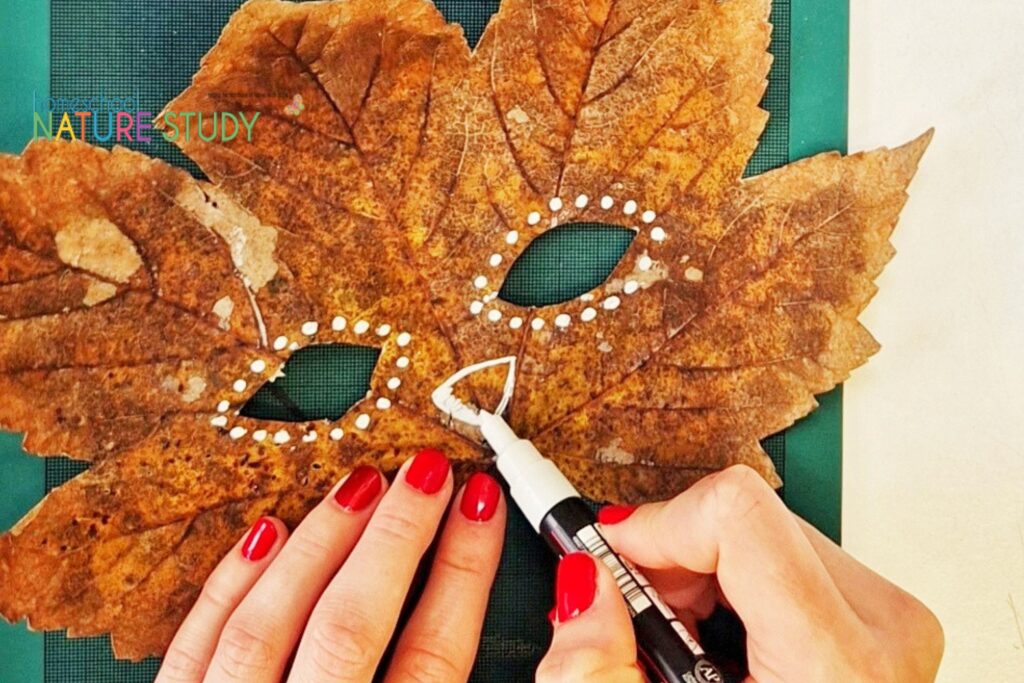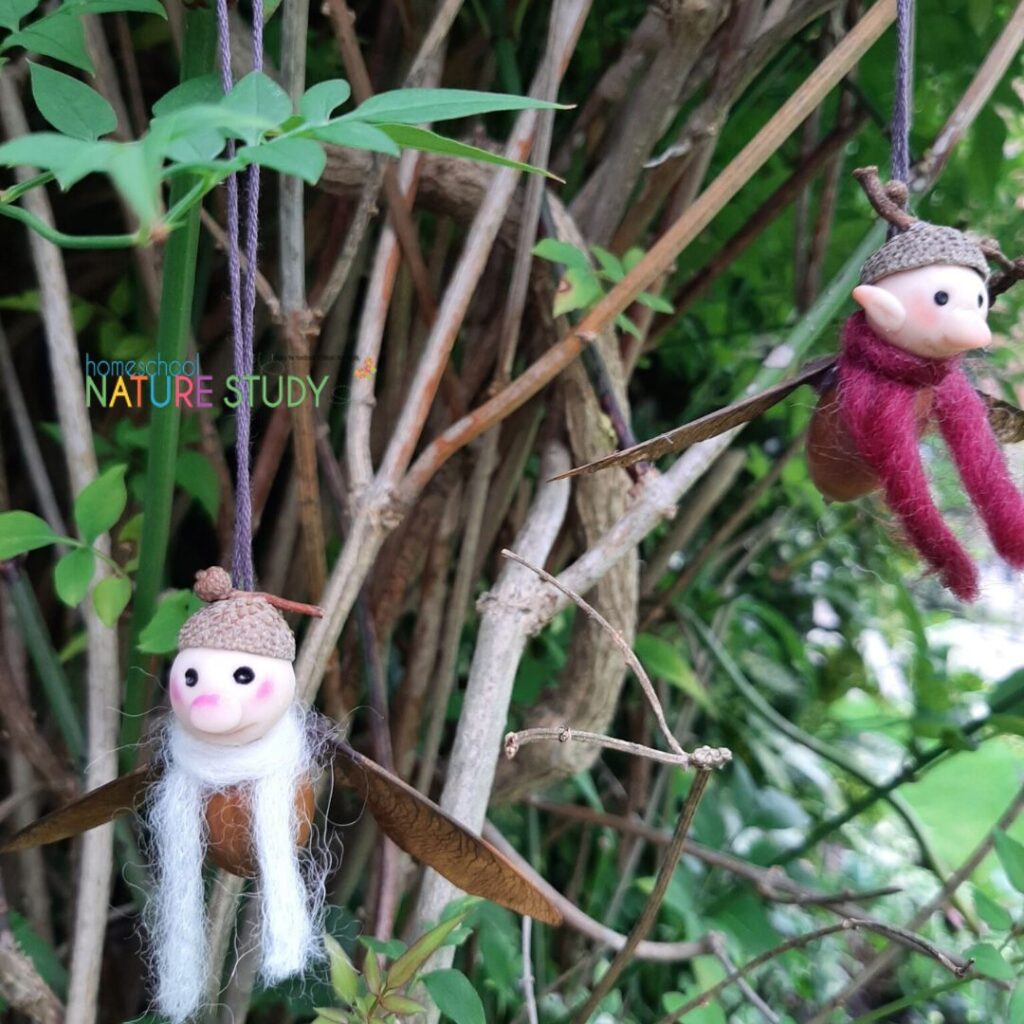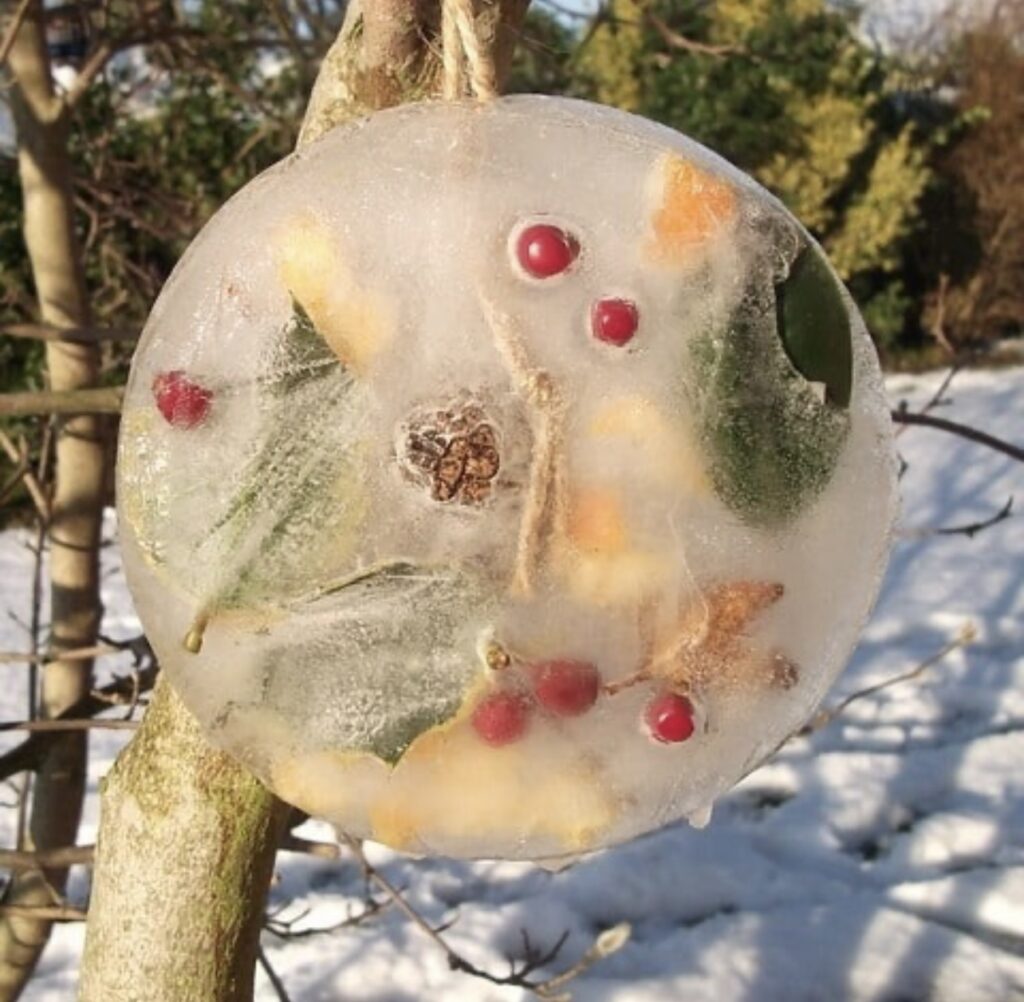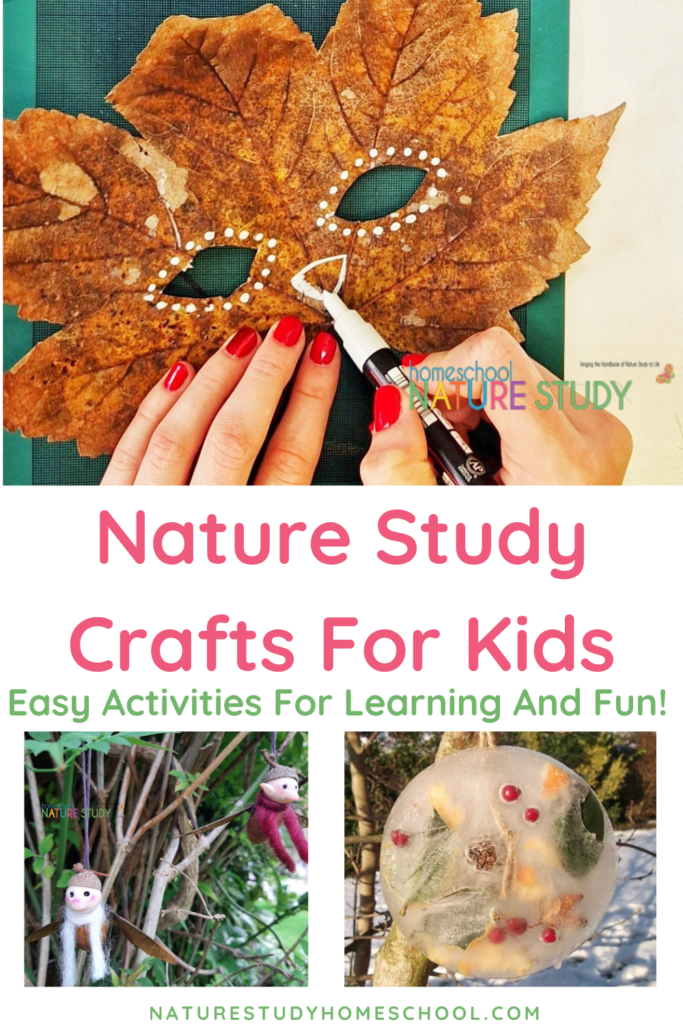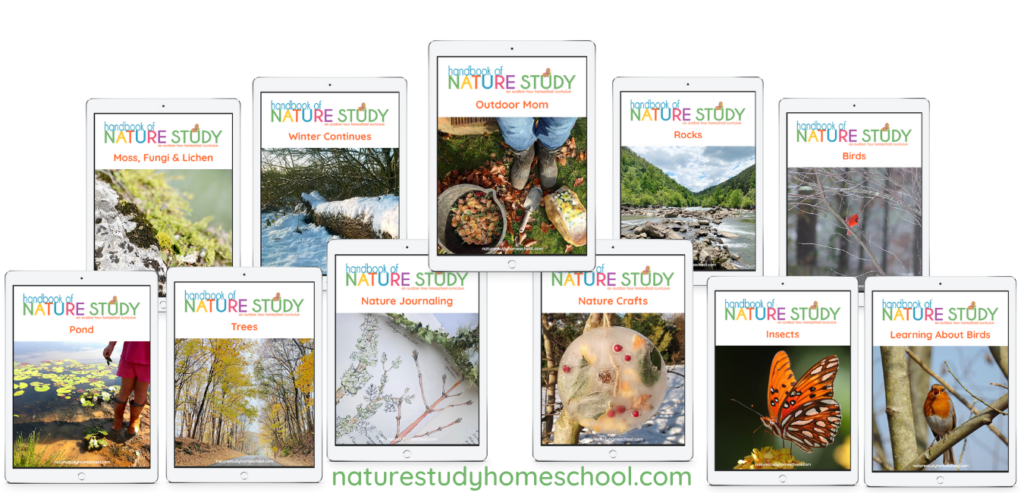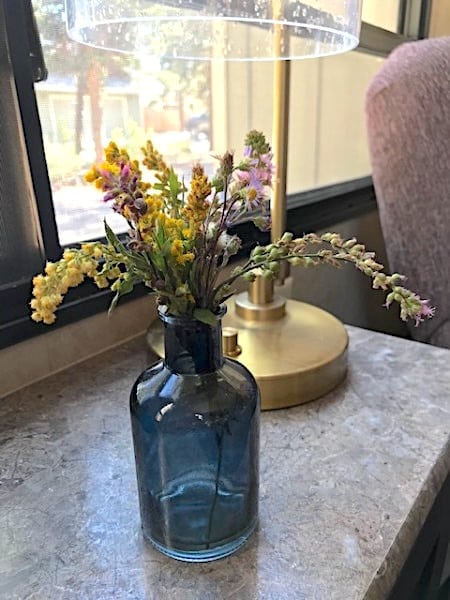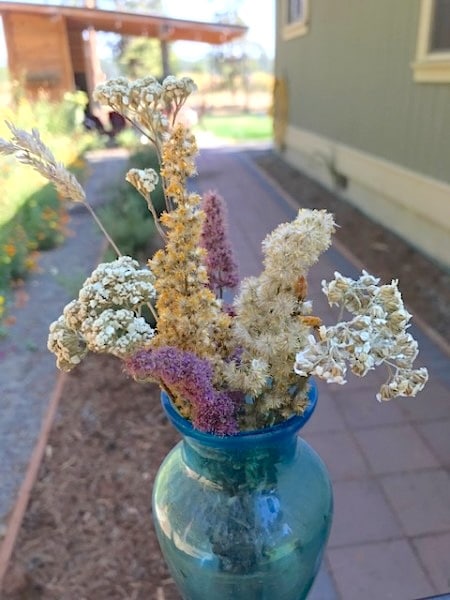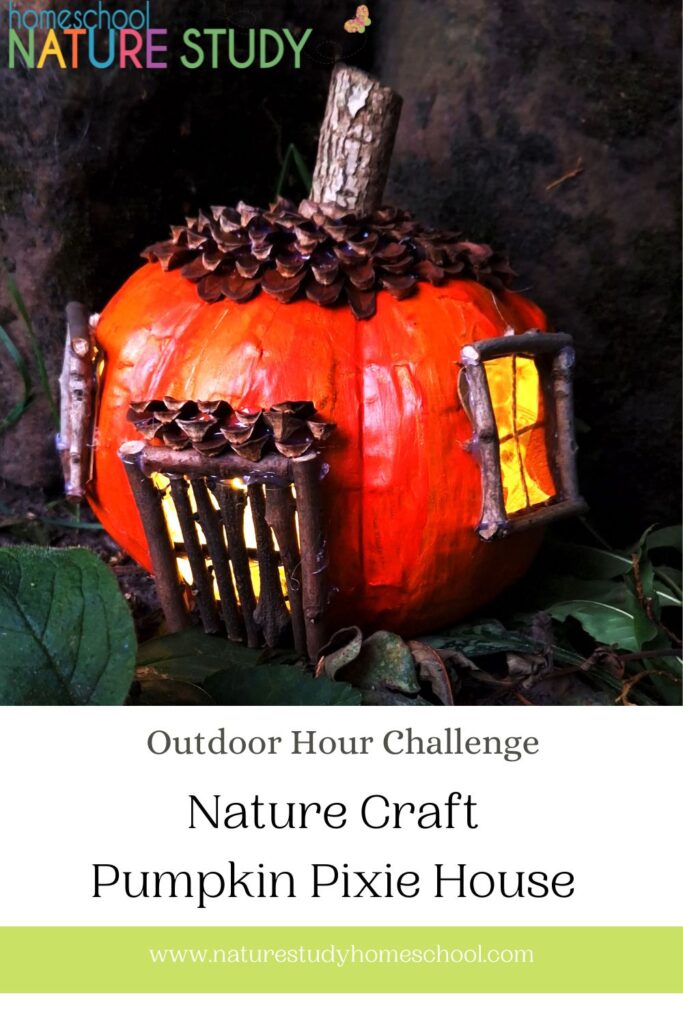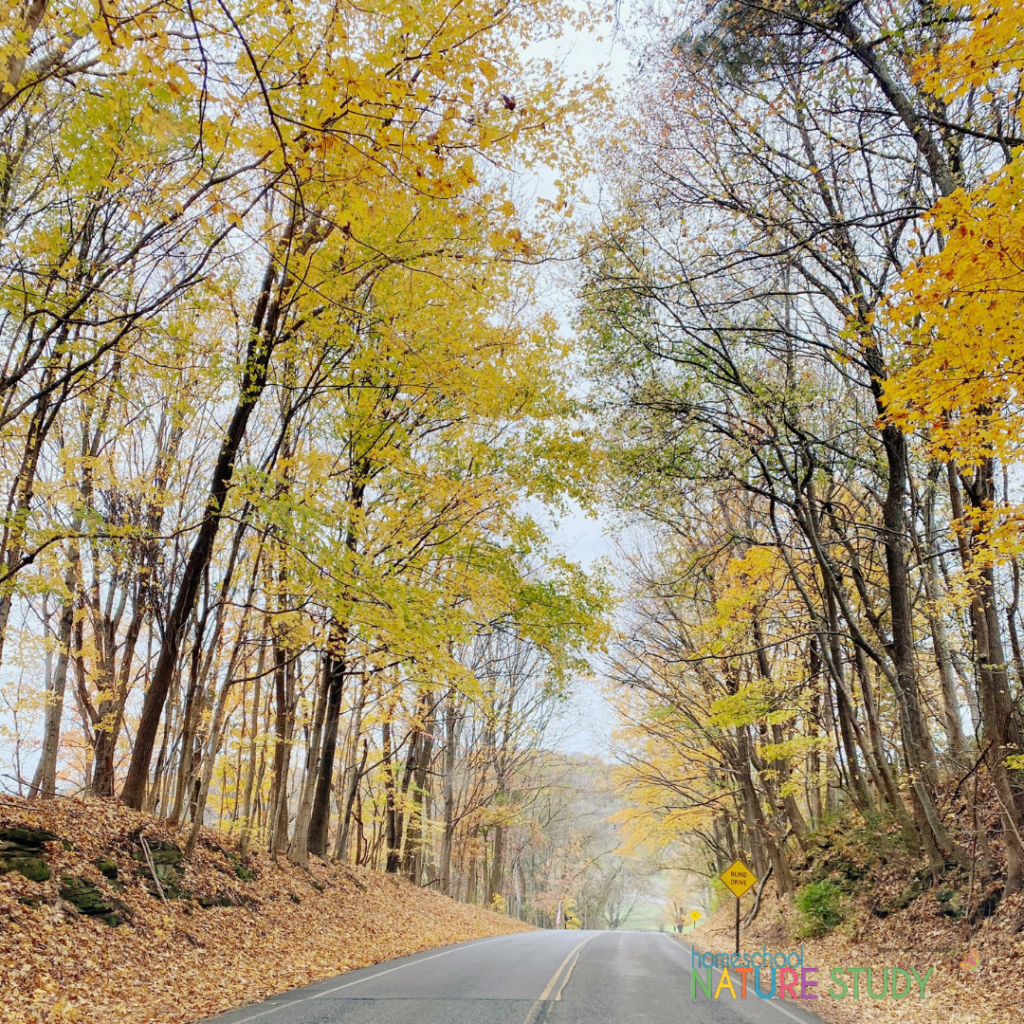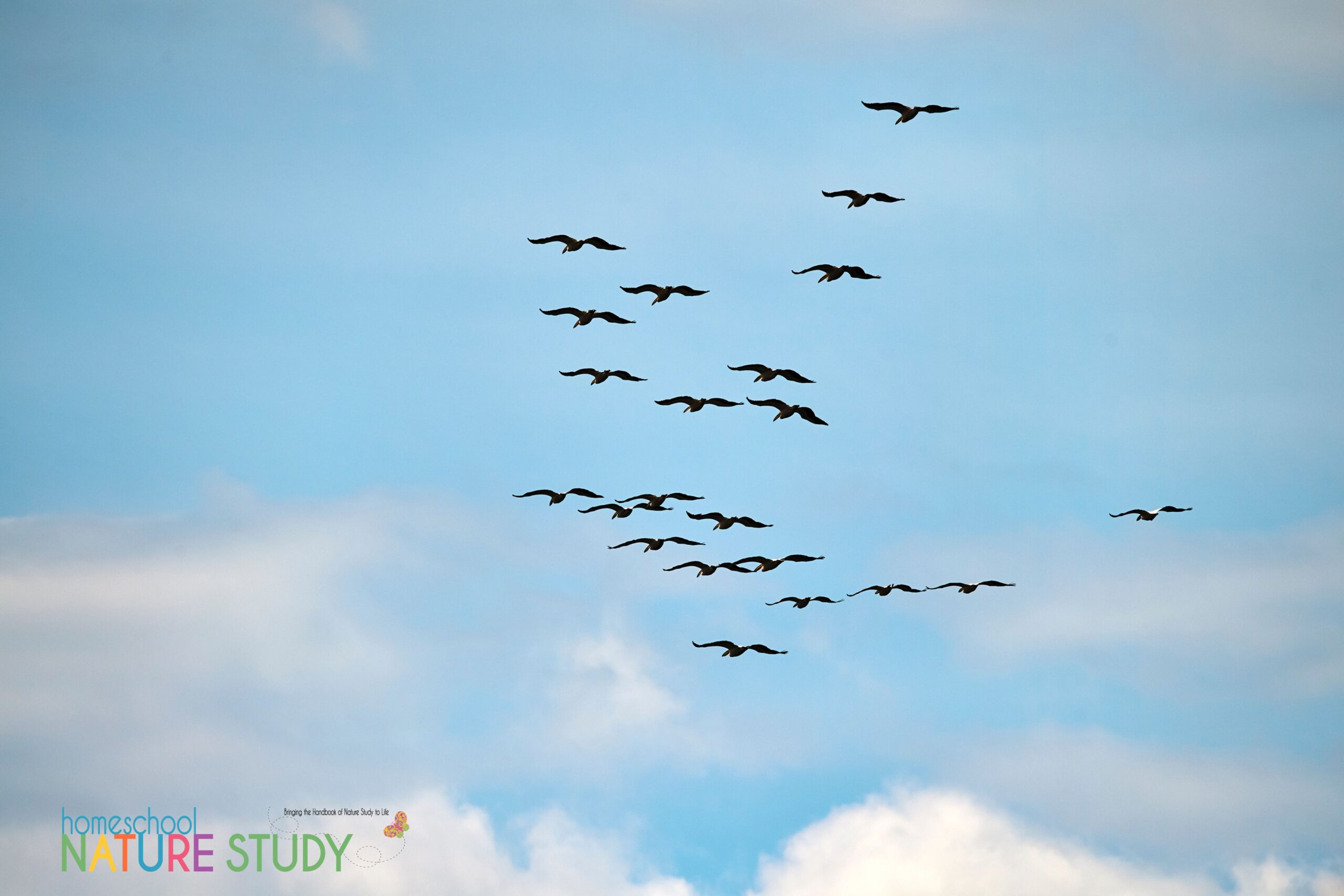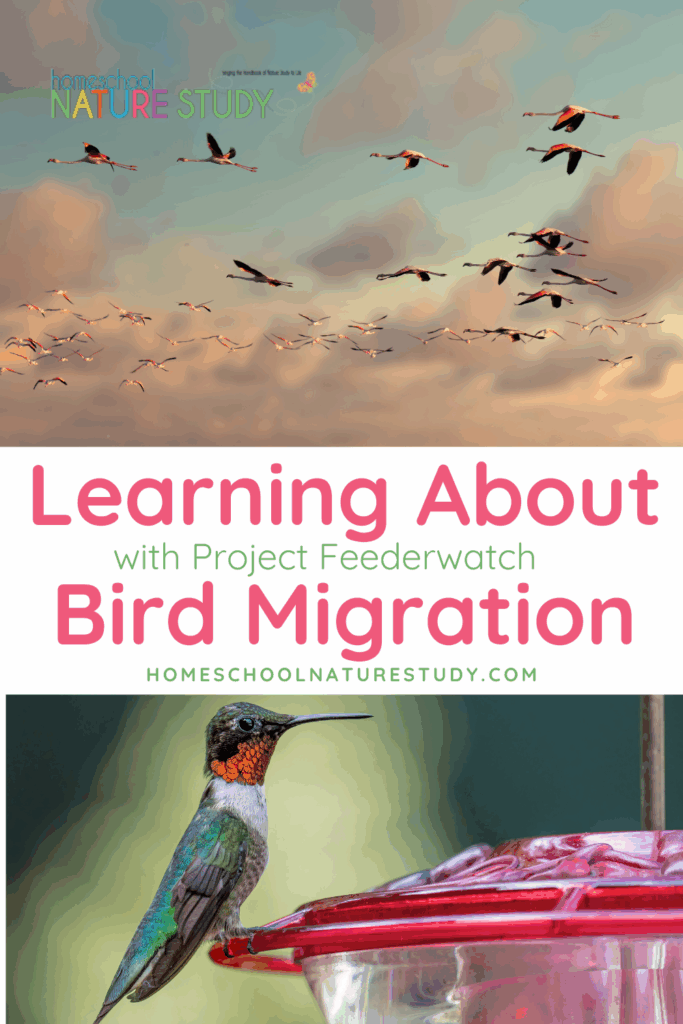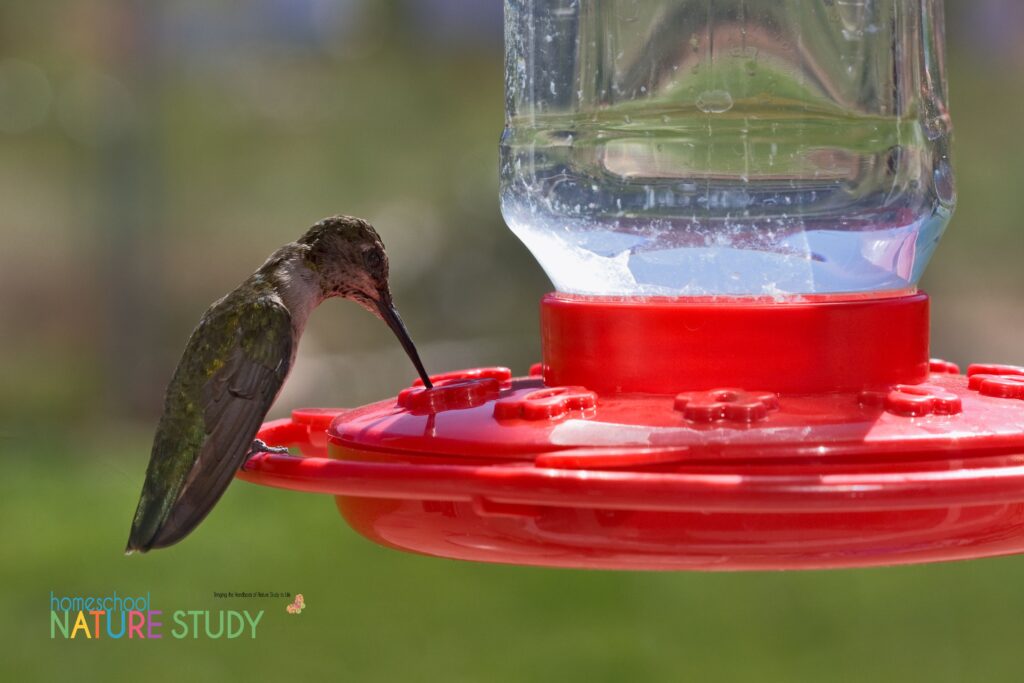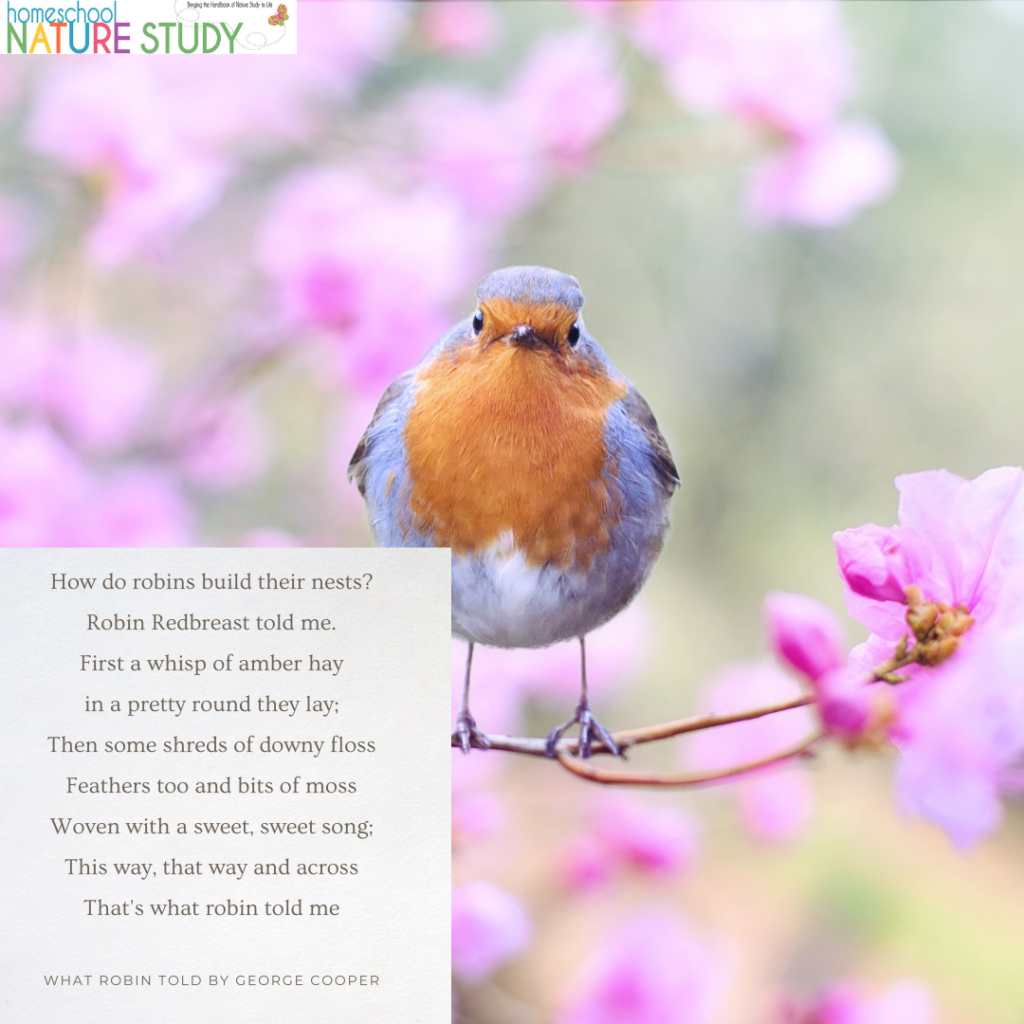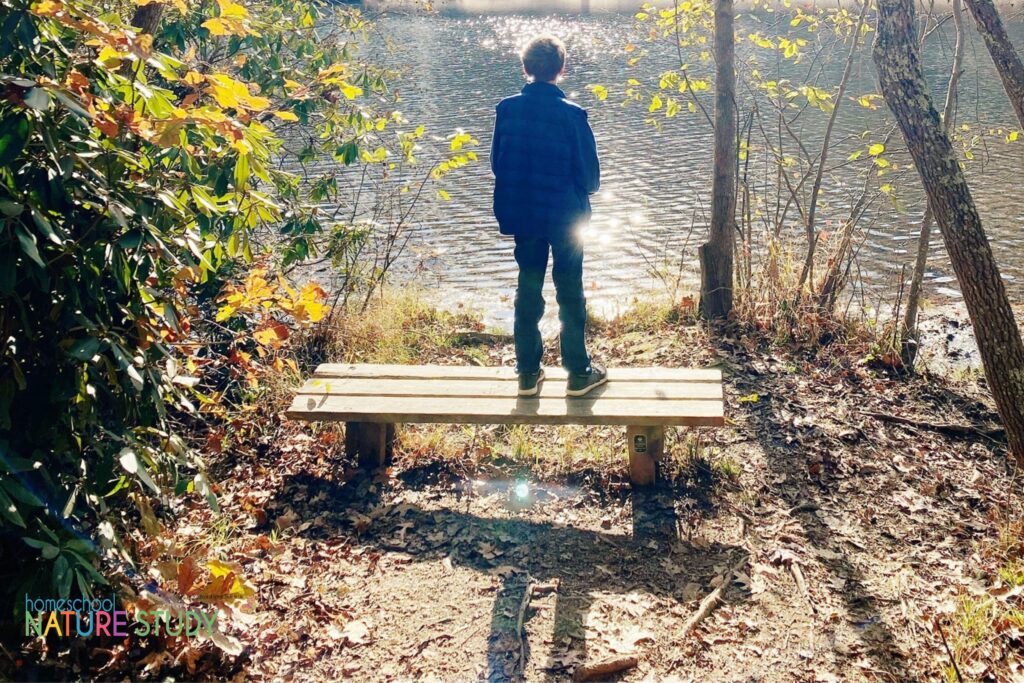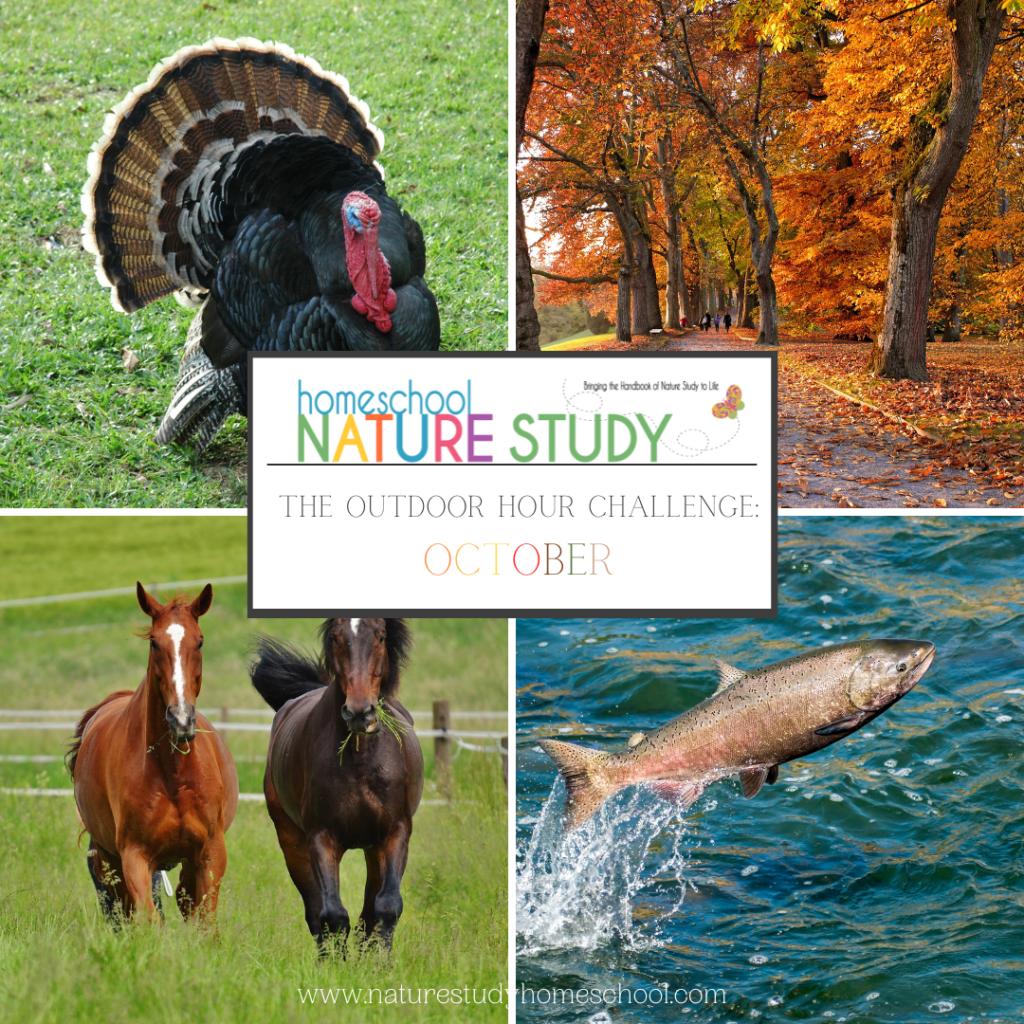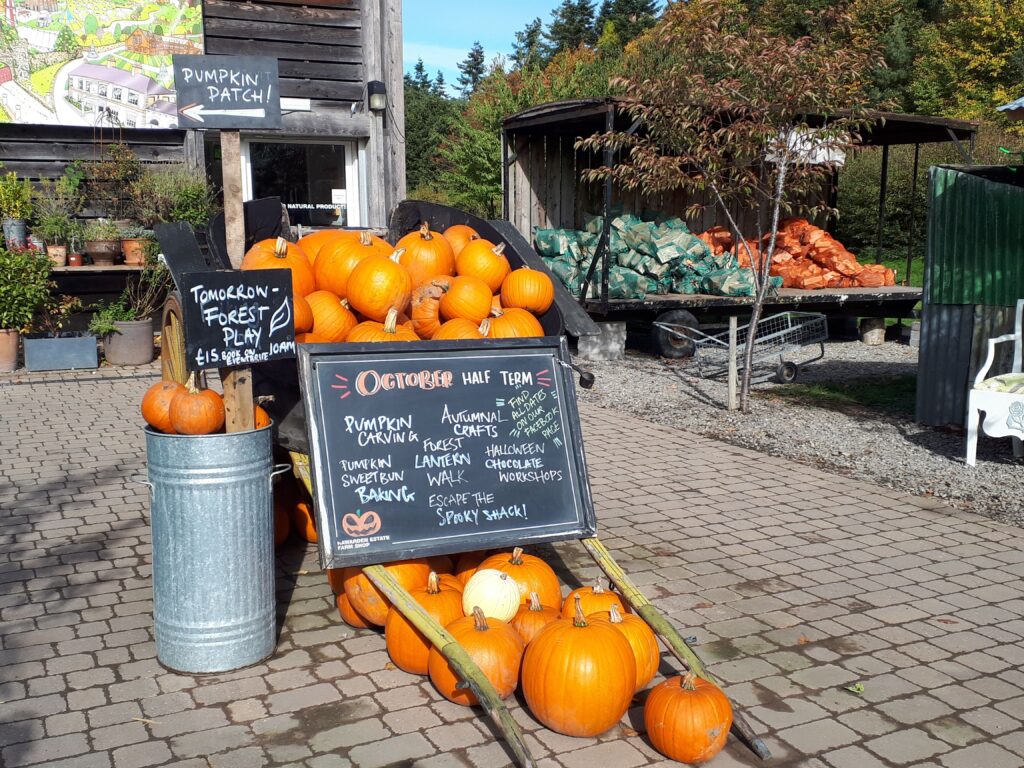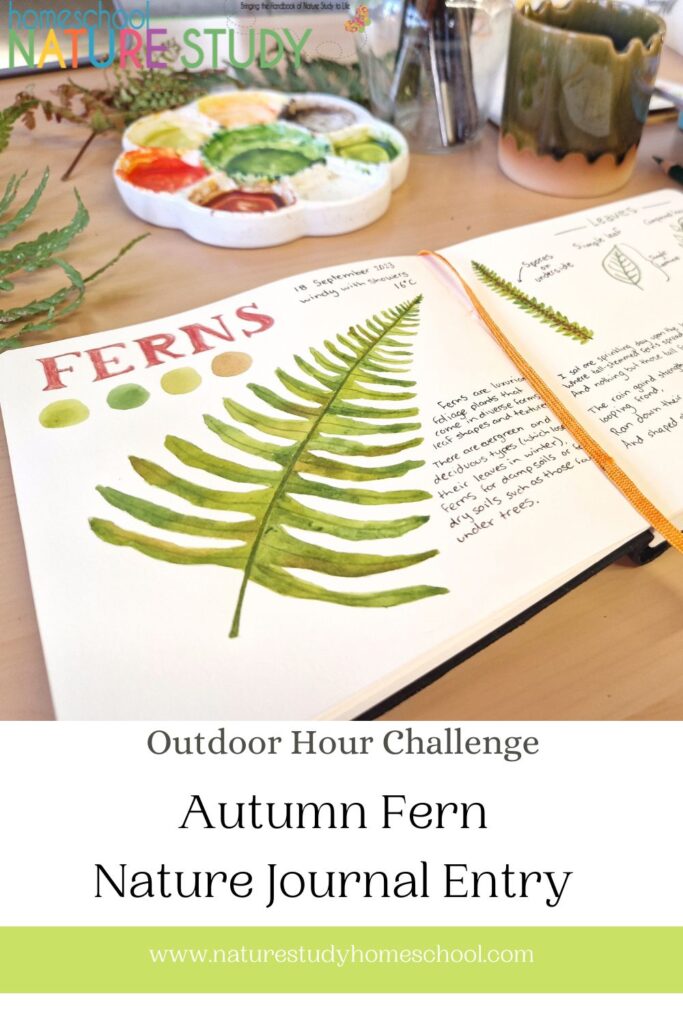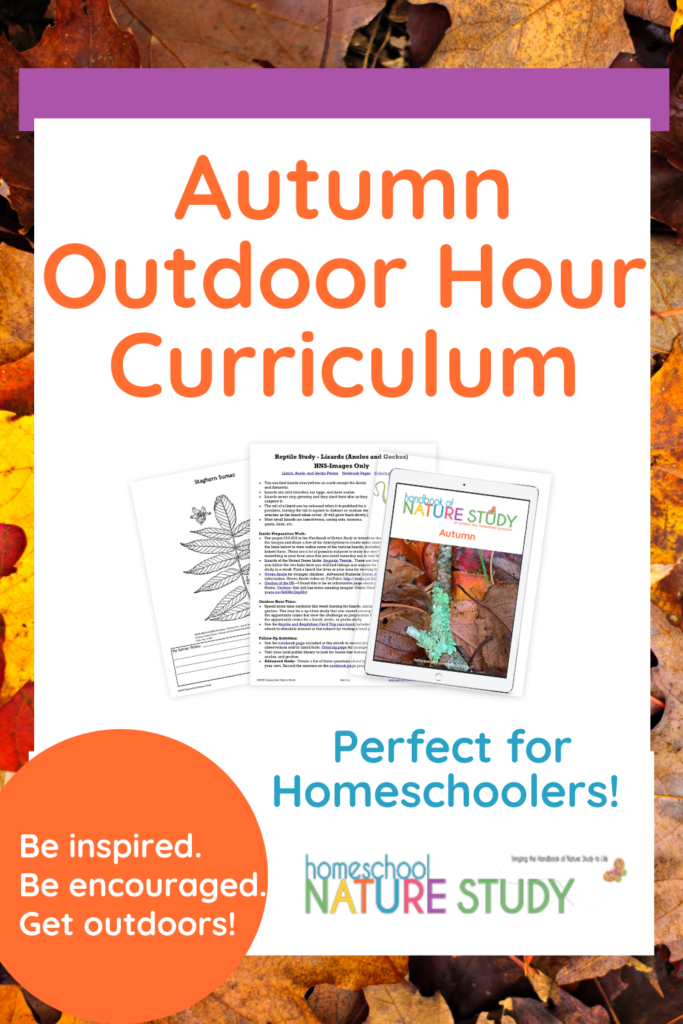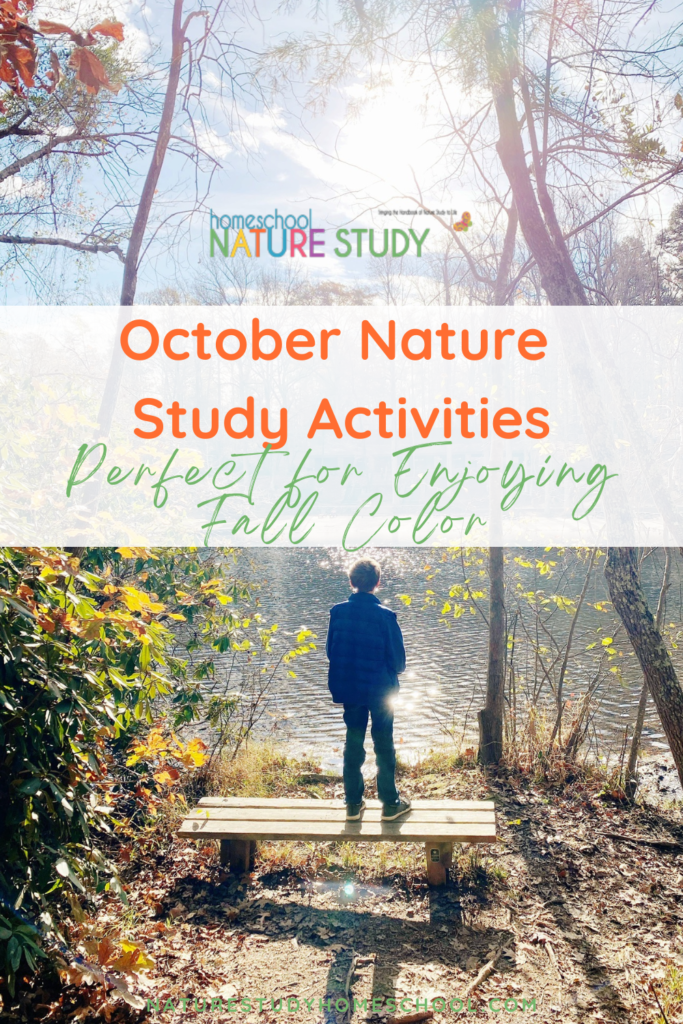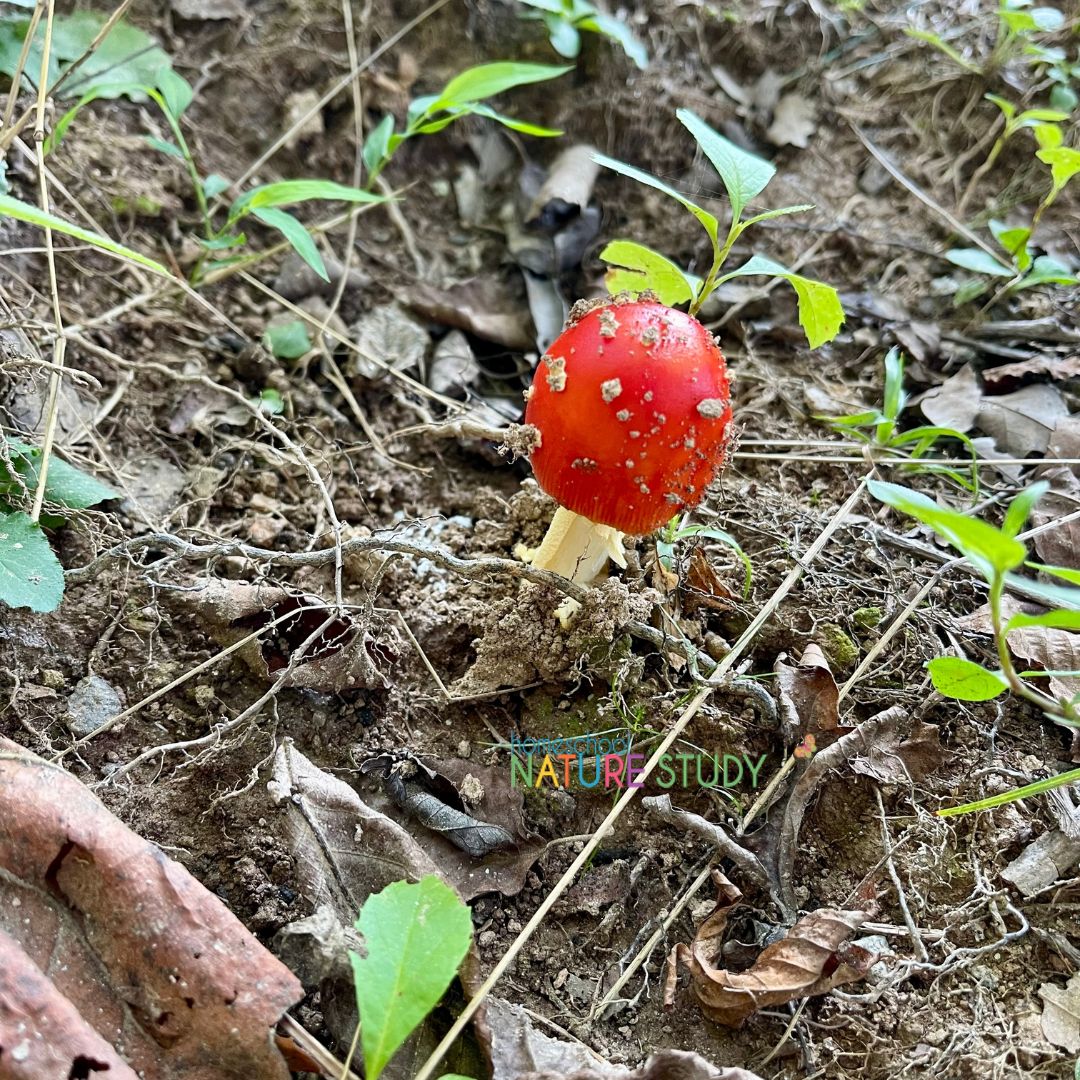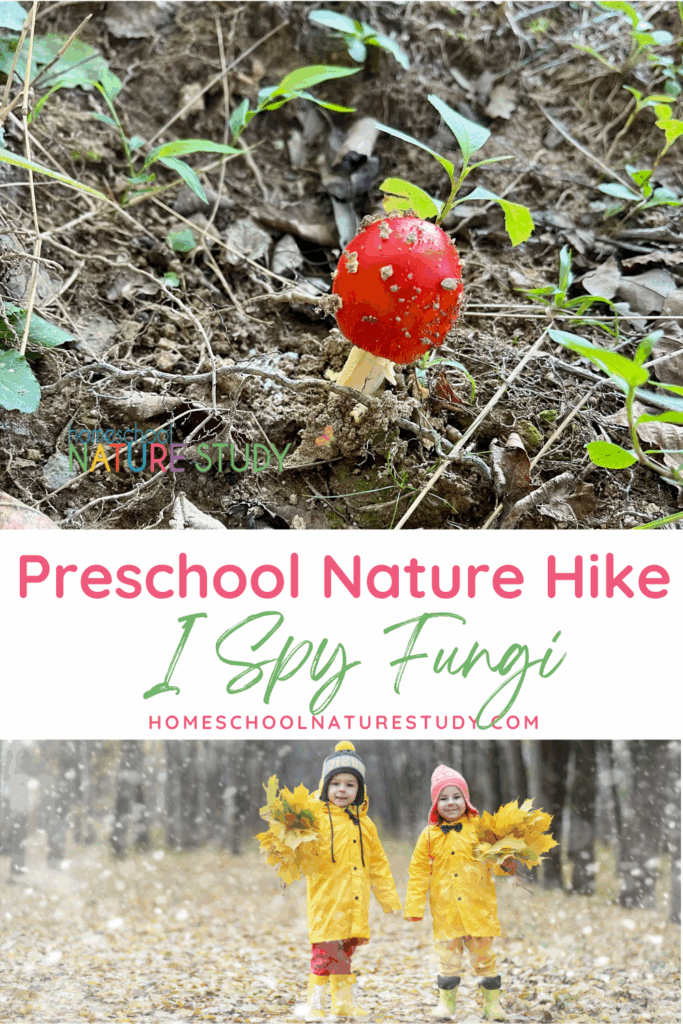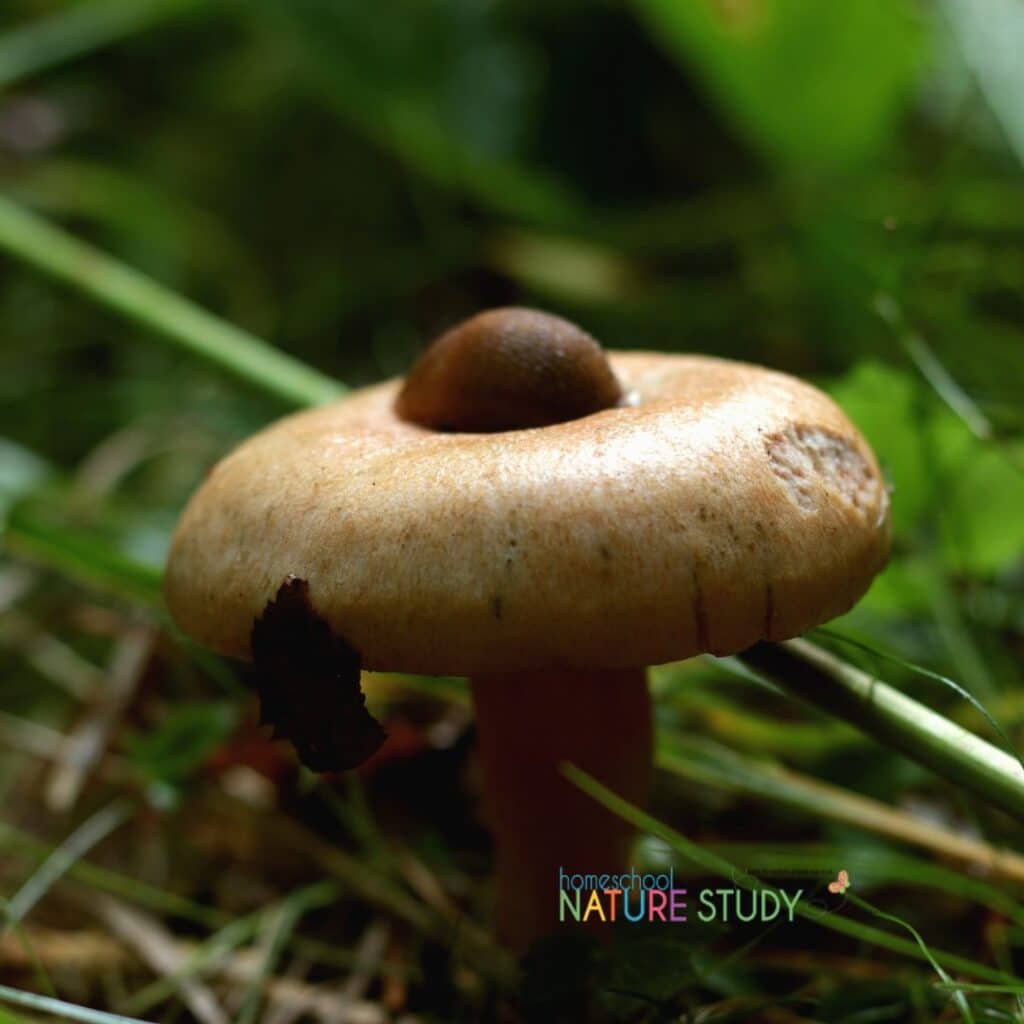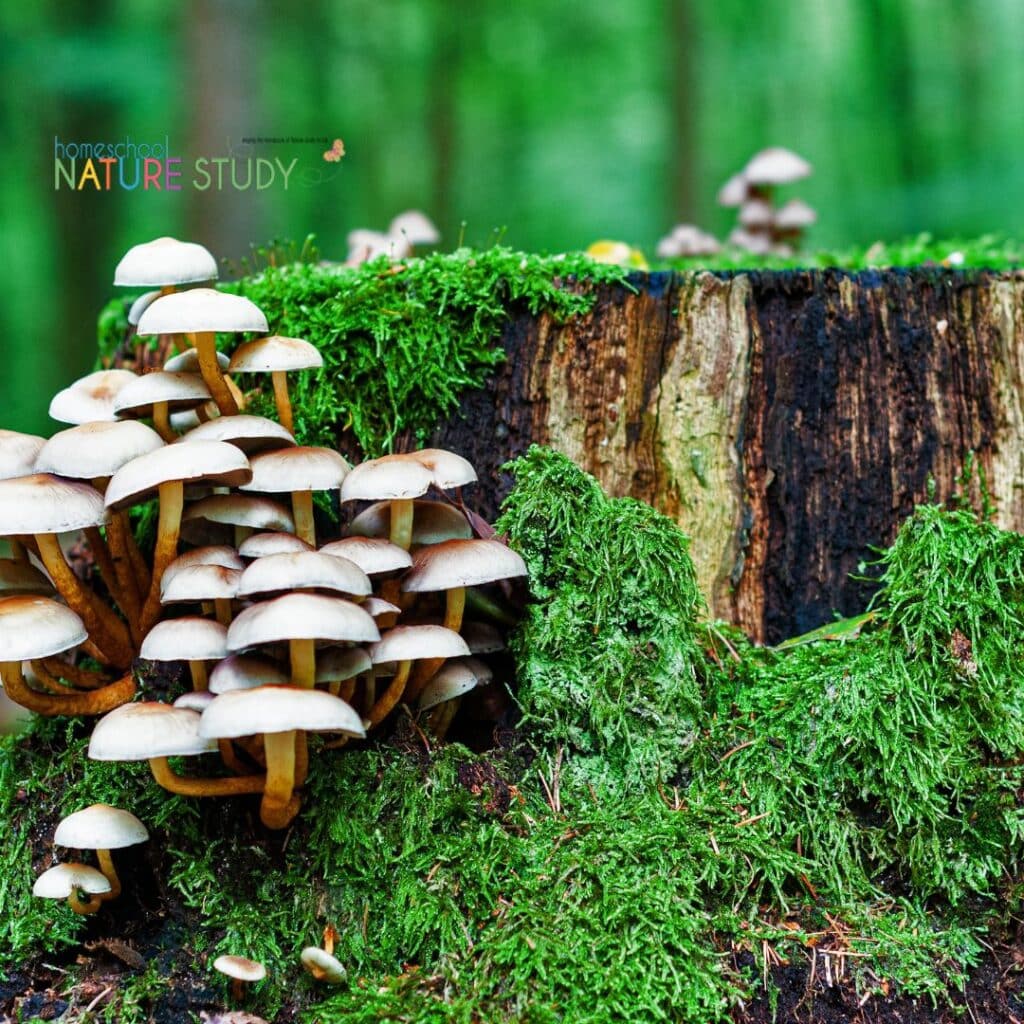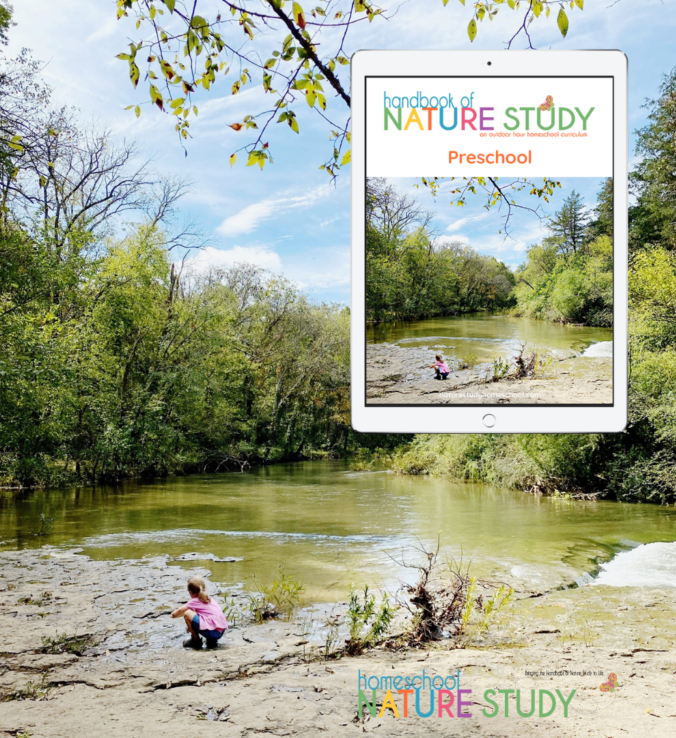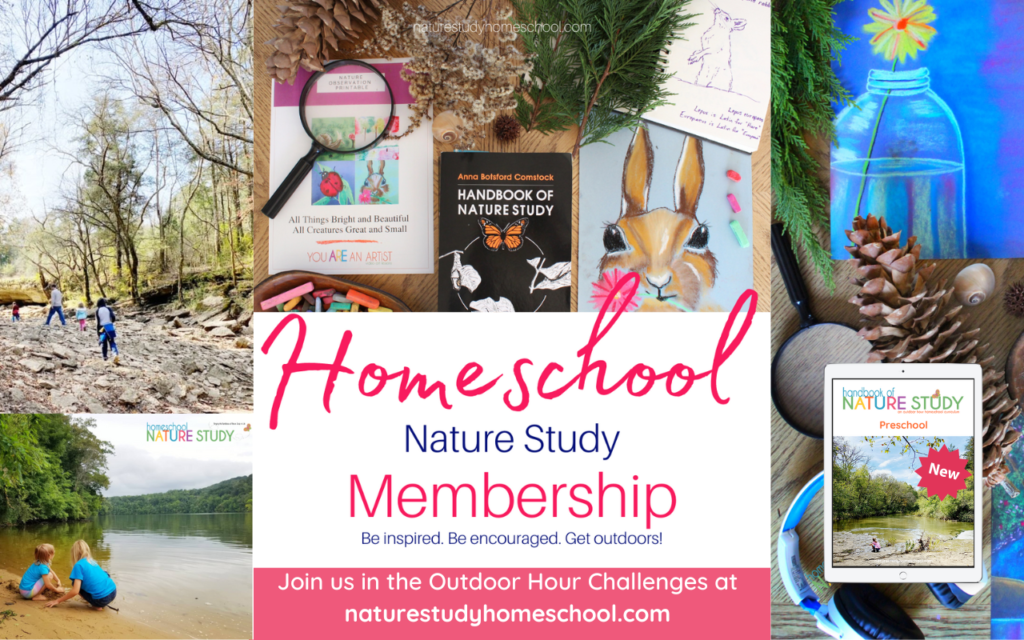These February homeschool nature studies are great for bird watching and study. Includes The Backyard Bird Count and more!
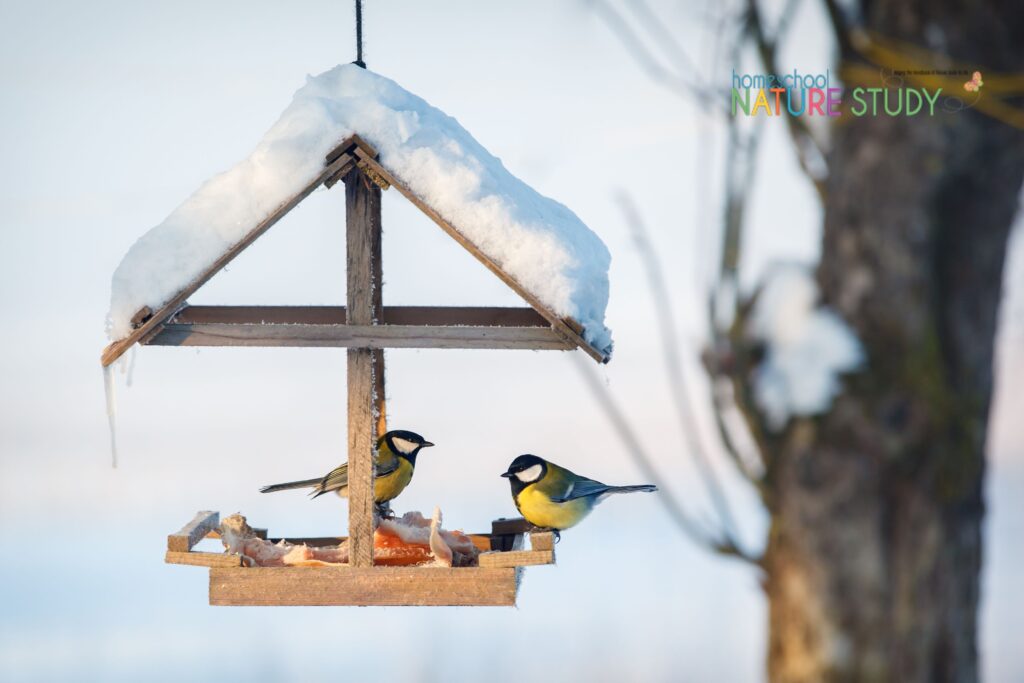
February Homeschool Nature Studies Great for Bird Watching
There are so many ways to enjoy bird watching this month (or any month). Here are some ideas to get you started.
Great Backyard Bird Count Resources: Everything You Need
Are you ready? Enjoy these Great Backyard Bird Count Homeschool Resources as you watch birds in your backyard this February!
What Is The Great Backyard Bird Count?
Each February, for four days, the world comes together for the love of birds. Over these four days we invite people to spend time in their favorite places watching and counting as many birds as they can find and reporting them to us. These observations help scientists better understand global bird populations before one of their annual migrations.
Birdcount.org
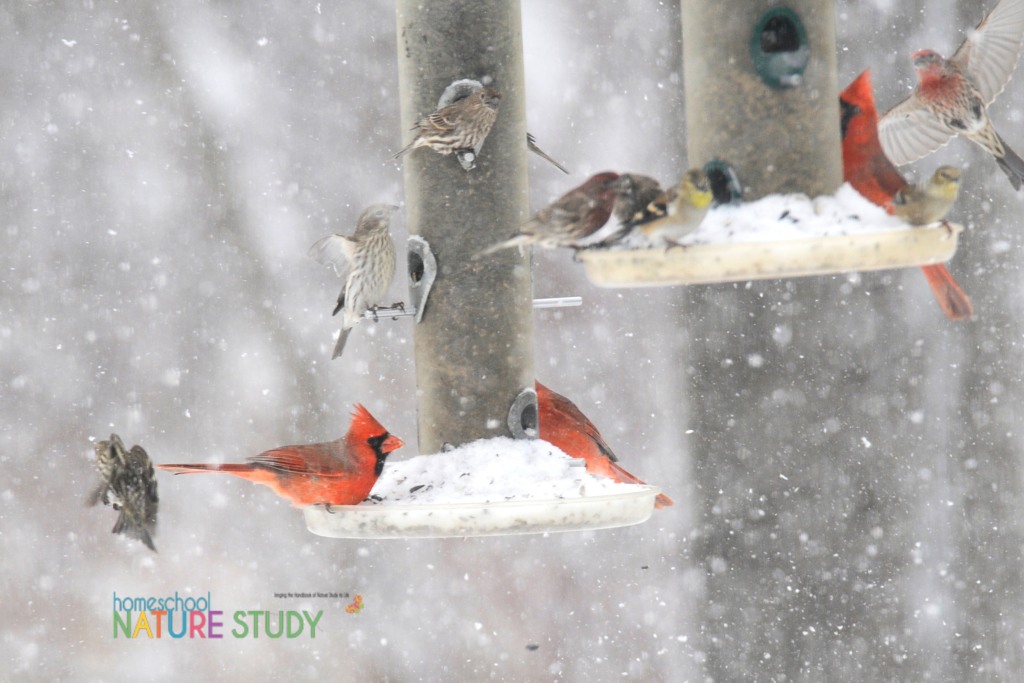
Bird Watching 101: Attracting Birds to Your Yard
Here you will find all sorts of ideas for attracting birds to your yard for homeschool nature study and birdwatching. We love to watch birds and do so on a regular basis without ever leaving our backyard. We can watch from our window or our deck and see usually around 4-5 different kinds of birds each day. At sometimes of the year, we have a lot more than that and it is exciting to see a new kind in the feeders.
Fun Bird Nests and Eggs Activities for Nature Study – Enjoy these fun activities for learning about bird nests and eggs. Includes ideas for getting outside, bird resources and suggestions for follow up activities as well.
Ultimate List of Bird Nature Studies Using the Outdoor Hour Challenges
You can enjoy a simple birds homeschool nature study with these resources we have gathered for you to use in your own backyard. It is such a delight to study and learn about these beautiful creatures! Find the list HERE.
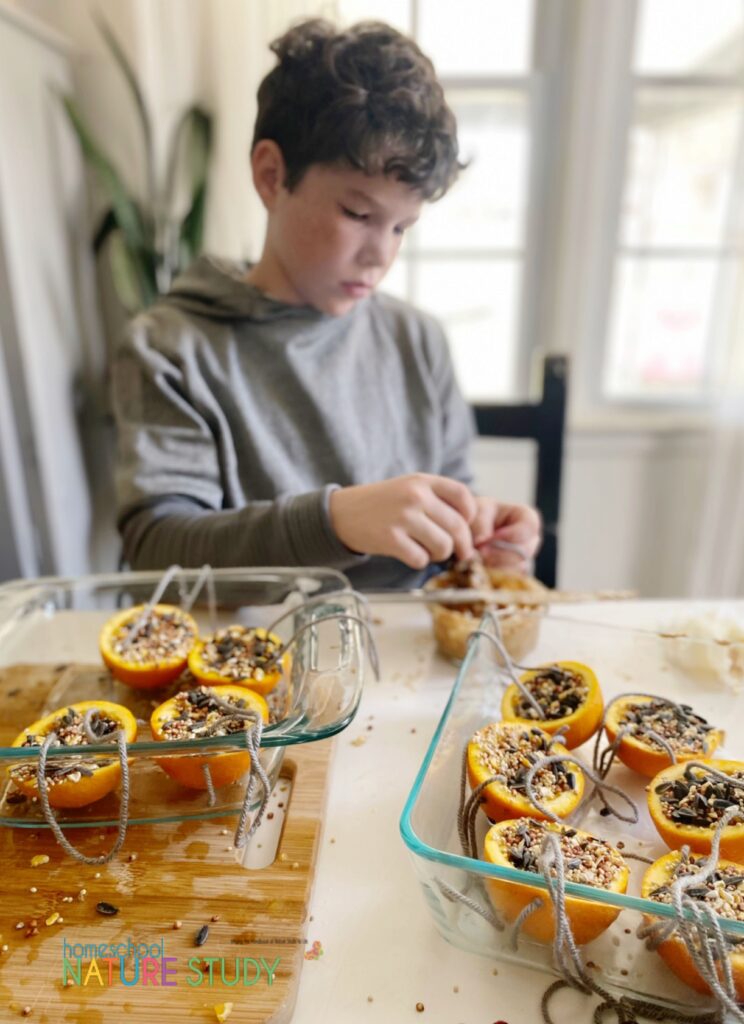
Make Bird Feeders and Bird Crafts for Your Backyard Birds
We created these amazing bird feeders in a special winter event with our sister site, You ARE an ARTiST! There are even more bird feeders/crafts you can enjoy in the replay. Find out more in this Winter Tree Homeschool Nature Study!
You might also like:
- Make Bird Seed Feeders
- Simple Sunbutter Bird Feeders
- Make a FUN snowman bird feeder!
- A heart-shaped bird feeder for Valentine’s Day
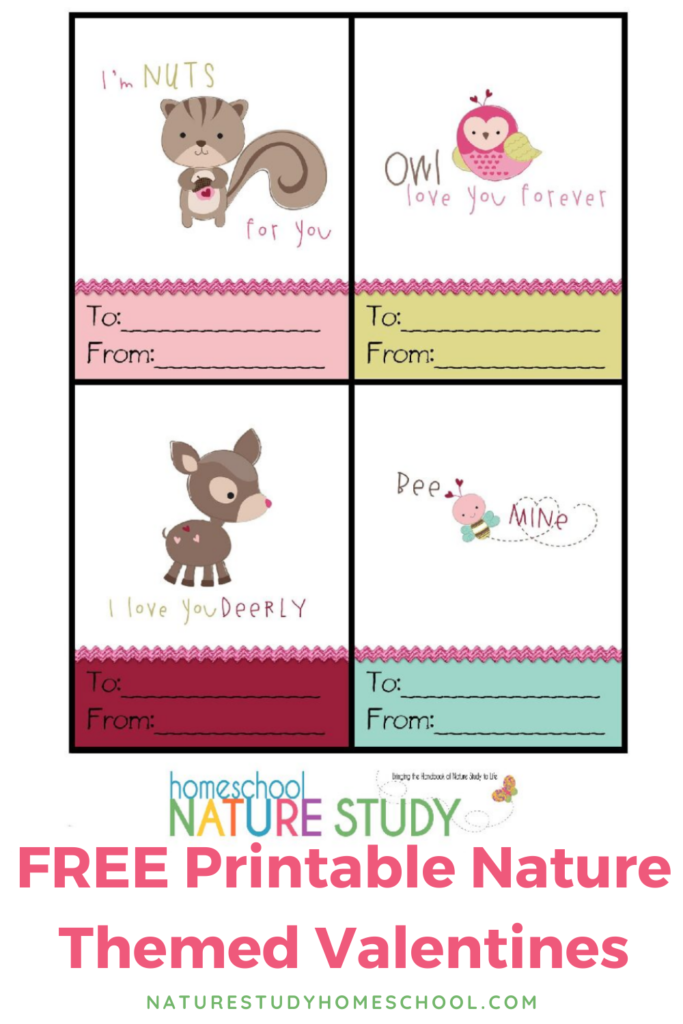
Send Nature Valentines – Free Printable
These are such fun with sayings such as: “Bee Mine”, “I’m Nuts for You”, “Owl Love You Forever” and “I Love You Deerly”. Perfect for exchanging Valentines with friends or for mailing to grandparents! (Homeschool Nature Study members have these in your Resources course and on your February Nature Study Calendar!)
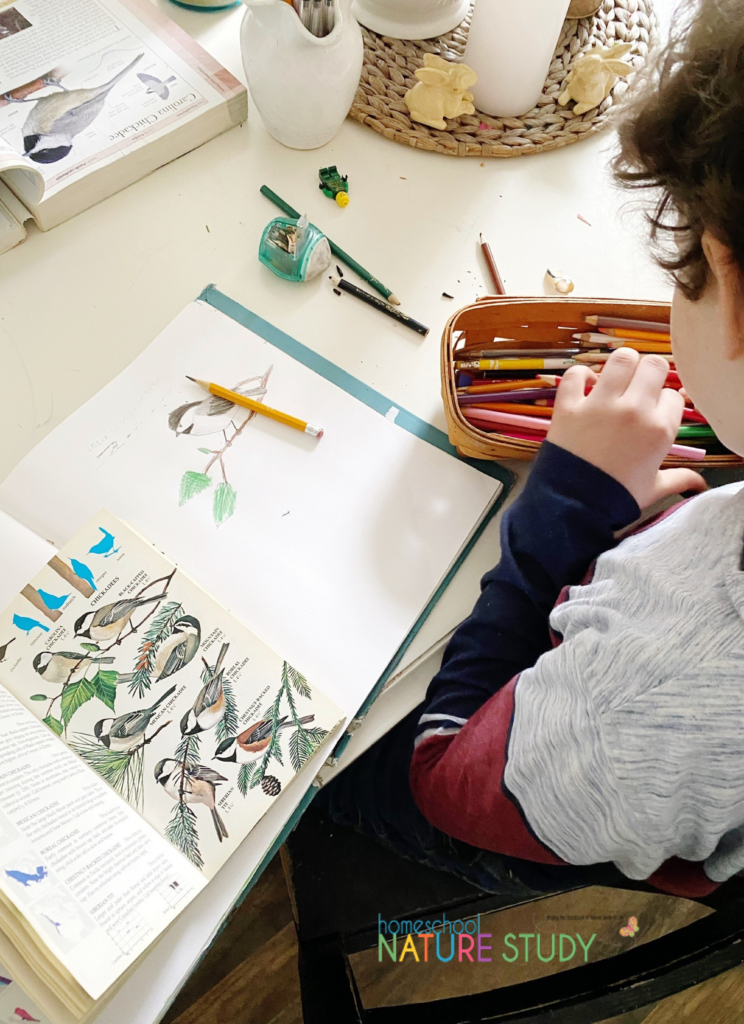
Start the Nature Journal Habit
Keeping a nature journal and building the homeschool nature journal habit can be a wonderful extension of your outdoor learning time. You will find nature journal ideas for everyone from young children to the homeschool mom!
You can even start a Calendar of Firsts – such a wonderful habit that will hep your children notice seasonal changes and more.
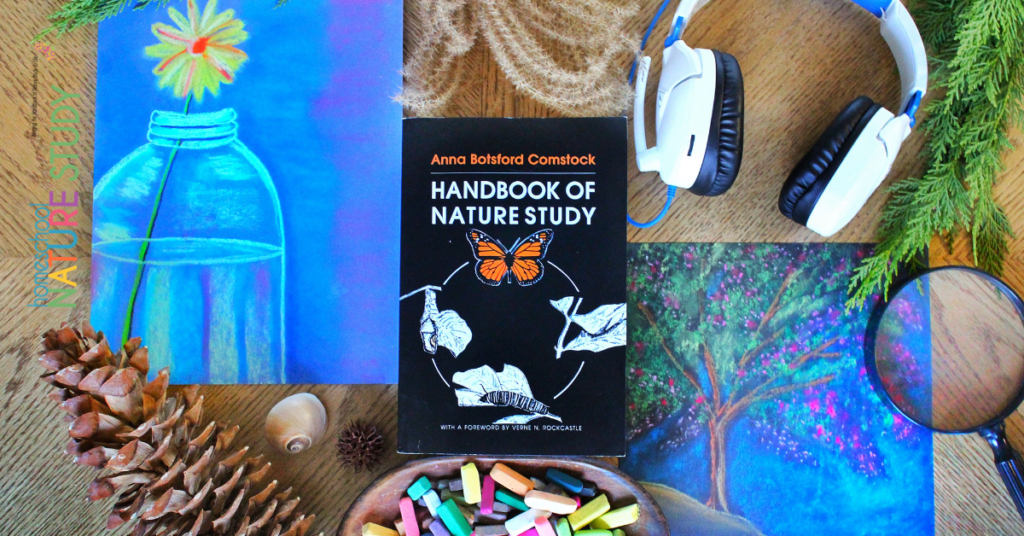
Spring Homeschool Nature Study with Music and Art
Because by the end of February we are all ready for spring! You may even have some early spring bulbs poking through the soil! Take a peek at this Spring Homeschool Nature Study.
Join The Homeschool Nature Study Membership for Year Round Support
Can you believe all of these bird resources you will find in membership? You will also find a continuing series on bird nature study, bird watching and attracting birds plus all the Outdoor Hour Challenges for nature study in our Homeschool Nature Study membership. There are 25+ continuing courses with matching Outdoor Hour curriculum that will bring the Handbook of Nature Study to life in your homeschool! In addition, there is an interactive monthly calendar with daily nature study prompt – all at your fingertips!
Our family is going to be counting in the Great Backyard Bird Count! Join us! and be sure to share on social media and tag @outdoorhourchallenge on Instagram or Homeschool Nature Study on Facebook with your results too!
Looking For More Activities For February Homeschooling?
Groundhog Day Homeschool Nature Study Activities
Whether it is Groundhog Day or you are just wanting to learn more about these mammals, enjoy these homeschool nature study activities about woodchucks, groundhogs, prairie dogs and marmots!
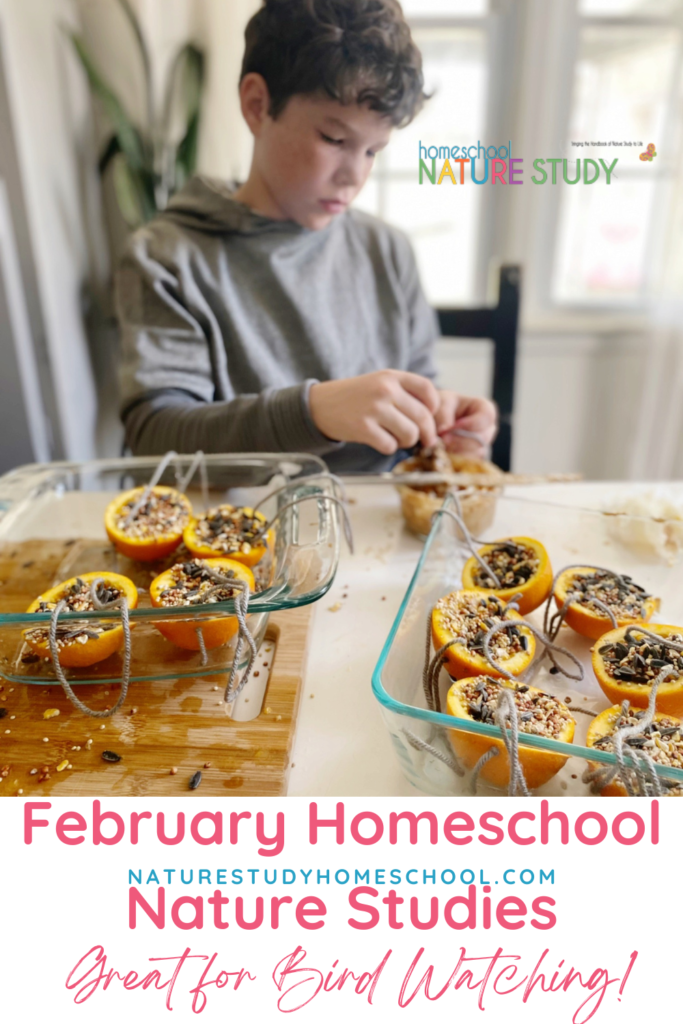

Tricia and her family fell in love with the Handbook of Nature Study and the accompanying Outdoor Hour Challenges early in their homeschooling. The simplicity and ease of the weekly outdoor hour challenges brought joy to their homeschool and opened their eyes to the world right out their own back door! She shares the art and heart of homeschooling at You ARE an ARTiST and Your Best Homeschool plus her favorite curricula at The Curriculum Choice.


